London, Ontario Canada is a mid-sized city with much to offer. Many businesses flourish here and they all need advertising in one form or another. No company can survive without a steady and well thought out media and branding plan, which begins in the conference room but ends in the print shop.
Whether you are just starting out or a seasoned businessperson looking for a new sign company to work with, you will need to begin by acquainting yourself with the different sign shops in this city and which can offer what services and why those skill sets might be the best fit for your signage agenda.
From the South end to the North, from the East end to the West, there are all manner of sign shops to visit, but which ones will benefit you and which ones will waste your time is of paramount concern to anyone looking for a quick and professional execution to their printing requirements.
Does your sign shop have in house designers? Does it have in house printers? Do the sales personnel promptly respond and meet all of your inquiries with attention to detail and concern for your thorough satisfaction?
Have you heard of your sign shop through word of mouth, raising their reliability and trustworthiness via the merits of past business deals with people you know? Will your sign company seek to fix any complaints or concerns and treat your order big or small with the same respect and importance across the board?
Does your company produce and ship to you in a timely manner without damage to the delivery? Has your print operator sought to ensure every order detail is nailed down?
All of these questions and countless more need to be addressed before you head into a business relationship with a printer.
IF you find the right match for your company, you may never need to go searching for a suitable sign shop again.
If, however, you fail to address any of the important criteria in the quest for good signage, you may end up wishing you had dug a little deeper before committing to the first graphic outlet that pops up in your search listings.
This is the time to nurture some patience and begin asking questions of your potential sign retailer. How close in proximity are they to you, in case you need to stop in to analyze a color swatch or confirm a sample print or test proof? How long have they been in business, in case next year your vinyl has begun to crack due to poor quality, but your print partner has disappeared? How big is their portfolio and how wide is their vision?
Have they demonstrated the capacity for creativity as well as common sense, straight to the point marketing. Do they know the basic tenets of grabbing people’s attention and holding it?
Do they know those colors which most attract the eye–and those lessons of graphical layout that most entice the gaze? Do they have good grammar and a way with words to help you on your way to your new slogan and advertising pitch? How far will they go to ensure your complete happiness with the job at hand and how it is handled?
One of the most glaring discrepancies between the many sign and print companies in London the experience of the staff and their craftsmanship and design promise. Many companies around town will employ a younger front line crew to handle the less important customers, leaving the experienced operators more behind the scenes where they handle the larger clientele. If you are just starting out, do you want a newcomer or a wise, well versed worker to handle your order?
If you stop at one of the tiny print shops that operate out of fifty square feet in the corner of a mall, then you will get compromised results. These tiny print spots typically have limited space and a younger crew on board, not at all prepared to handle the business community, but more geared toward shoppers passing by who think to get one t-shirt printed or some quick cards for their home business. But even these customers will not get the time and attention they deserve and would find at a medium sized company that caters specifically to serious printing needs.
Contrarily, if you step into one of the larger sign companies, usually out in the South or East end, you may find yourself in over your head. Some of these companies work with big purchasers only–while others have more general mandates to filter out the smaller clients in an effort to streamline their profits. Here at Global Signs we seek to satisfy all orders of varying complexities, so no matter who walks through our door they feel welcome and in good, trusted hands.
We supply 35+ years of experience in sign advice free via phone, email, text or in person. Please feel free to drop in at any time to go over what we can do for you–and we are confident you will find no need to keep looking for a print shop local to London ever again. Global Signs is your local solution.
One of the best ways to begin your journey toward sleuthing out a good sign store in London is of course through email, in order to save yourself potential wasted trips.
Of course at some point you may wish to come into the shop in person in order to meet with your operator and go over details, but in the beginning it should be satisfactory to start fishing around with the different companies for the best deal available to you, given the product being offered, the service being rendered–and the price being considered.
If you have dealt with a previous sign company in town, then you may still have some graphic files on your computer, which you should email to your sign shop so that they may more accurately quote or estimate you on your signage needs.
Signmakers base their pricing not just on the material and labor involved, but also the design side which is not pure and simple labor but often involves creative problem-solving, artistic flourishes–and piercing design prowess. So the more information you can provide your potential sign shop the better off will be the beginning of your business relationship.
Does your graphic house website have an upload function for your files? Does their website offer you a pleasing visual display of their products that they are offering you? Is your shop locally started or a franchise?
Often the family owned business will go the extra mile for your work and show you preference upon your return.
Does your graphic outlet freeze prices at previous rates for your future business? Will they perform minor touch-ups and tweaks to your existing signage in order to keep you a happy customer?
Do they offer free sample prints and will they show you some general designs if what you are seeking is unusual and you want to be sure they can handle the design’s direction?
You may find yourself thinking of new questions the more you begin to think about teaming up with a new printer in London.
One strategy to employ is perhaps begin by purchasing something small at the signmaker and see if that meets your needs. If you are happy with everything from the pricing to the service to the product, then you can move on to your bigger projects with more confidence that you will not be burned or burdened with mediocre advertising results.
Your sales and business depend for their lifeblood on your media campaign and your branding dollars must be spent with every possible corner not cut but carefully rendered, thus resulting in your increased profits and return business. You do not need a giant sign installation company when a mid-sized shop will give you more hands-on service and more attention to product detail and a lesser price. You also do not need a printer operating out of his or her garage to give you slashed prices but sloppy craftsmanship, poor punctuality and thus potentially disastrous results.
What you need is a mid-sized family owned sign shop with 35+ years of experience, that specializes in everything, yet will serve your order singly as the most important in the moment, with operators that respond to emails in real time and consider every inquiry as important and serious as the last and the next. All of these characteristics so key and valuable in a sign outlet retailer are available to be found in one London, Ontario sign company .. Global Signs.
Also known as Torrington Signs or Quick Signs, this shop has had several locations around London over the years, but for the past decade has settled nicely in Hyde Park, North London.
We are located at 1674 Hyde Park Rd. N, Unit 4, a block North of Gainsborough, just off Hyde Park on the side street North Routledge. There is a big box industrial building that sits on Hyde Park, and we are in the back South-West corner of that building. There is plenty of free parking here and we welcome anyone to come visit our store to see our product, our printer–our people.
Global Signs is the best all around sign shop service for the wide body of mid-sized businesses that exist in London–as well as companies smaller and much bigger too, for they all find our friendly staff and passion for signage refreshing and even relieving after experiences they have with some other companies.
Do not let yourself fall into the trap of trying to save too much money or not saving enough. Seek the service of a graphic supplier that cannot be equaled in experience and expertise and you will never have to worry about your upcoming advertising campaign again. The proof is in the results, so let us linger no longer–let us begin by supplying you with a quote and begin your new ad push today. Email: Info@GlobalSigns.ca to begin.
Whether you are after A-frame sandwich boards, banners, magnets, decals, design, digital printing, vinyl cut printing, coroplast signs, metal signs, parking signs, aluminum signs, bike posts, bag signs, screen printed signage, static cling signage, floor graphics, window graphics, perforated decals, bannerstands, tradeshow displays, outdoor flags, laser engraved door plaques, wayfinders, business cards, pamphlets, fliers, lawn signs, crane frames, aluminum frames, canopy signs, box signs, 3D channel letters, construction site signs, rent signs, children at play signs, traffic signs and more we cover the gamut.
 We make coroplast with H-wire golf tournament signs regularly with a very quick turnaround.
We make coroplast with H-wire golf tournament signs regularly with a very quick turnaround.




























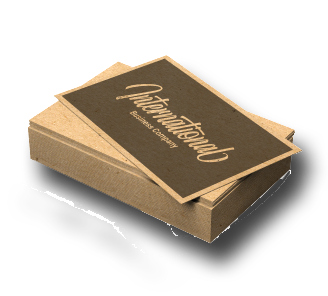
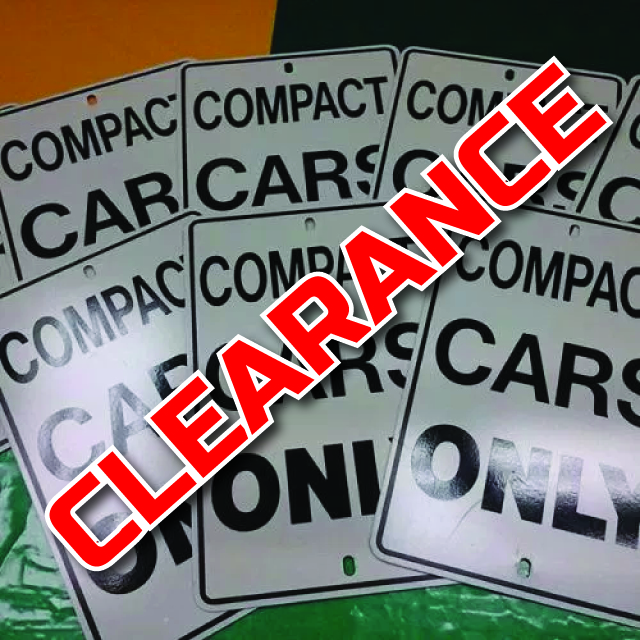
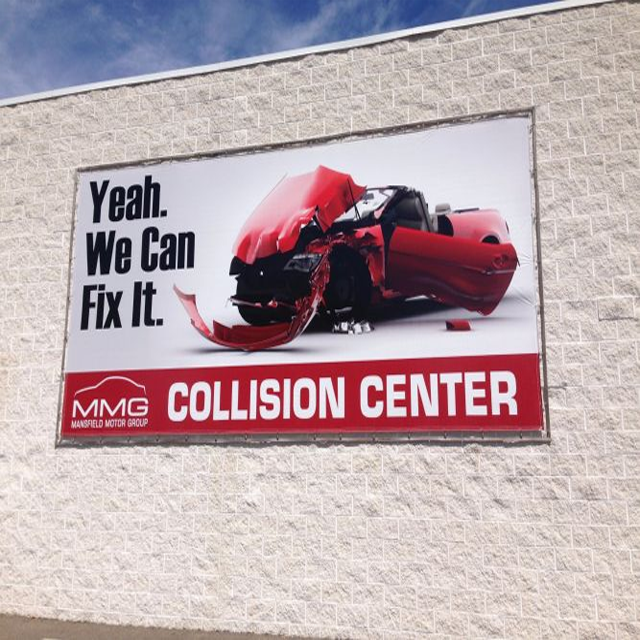
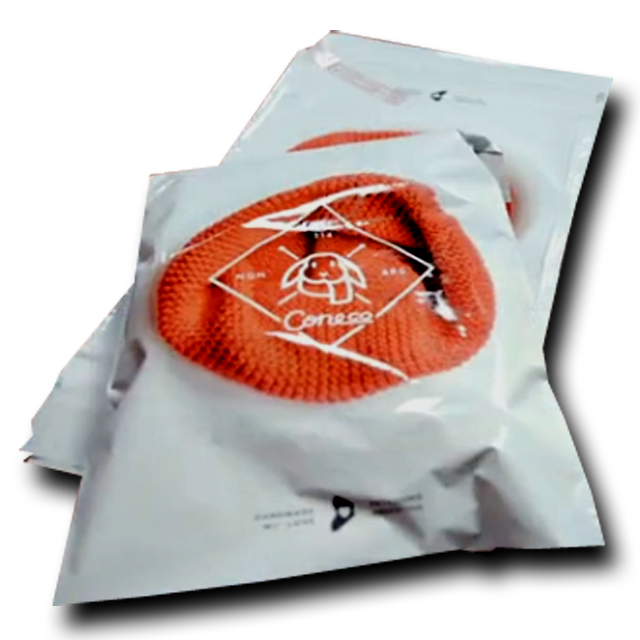
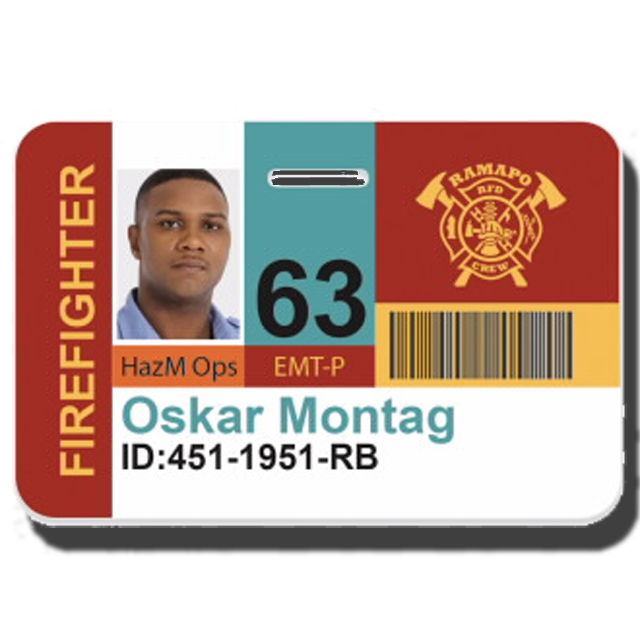
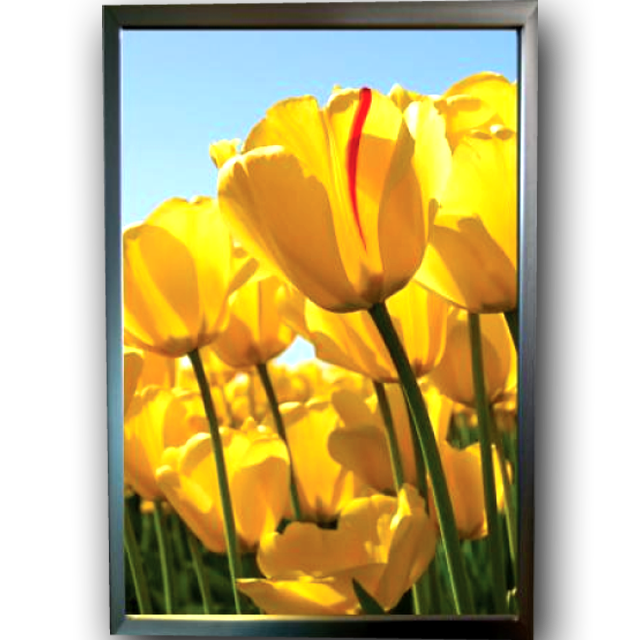
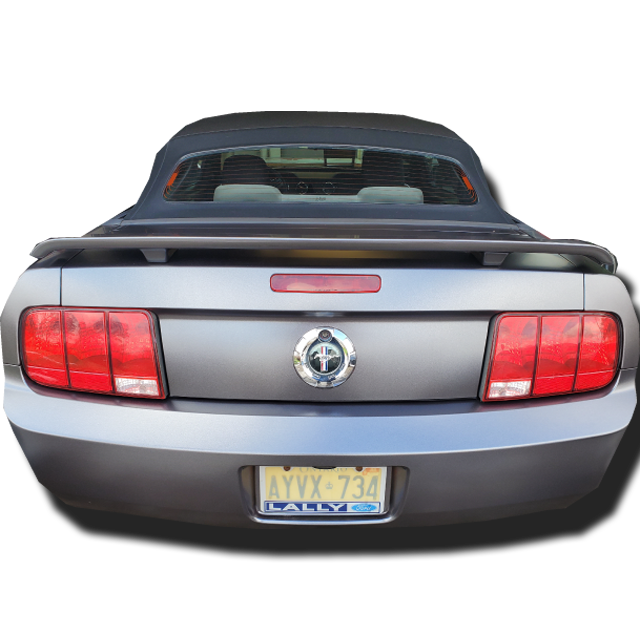
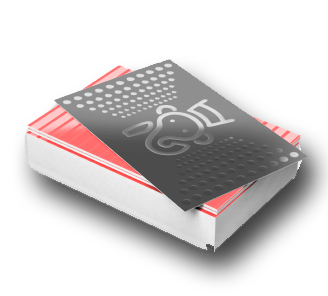
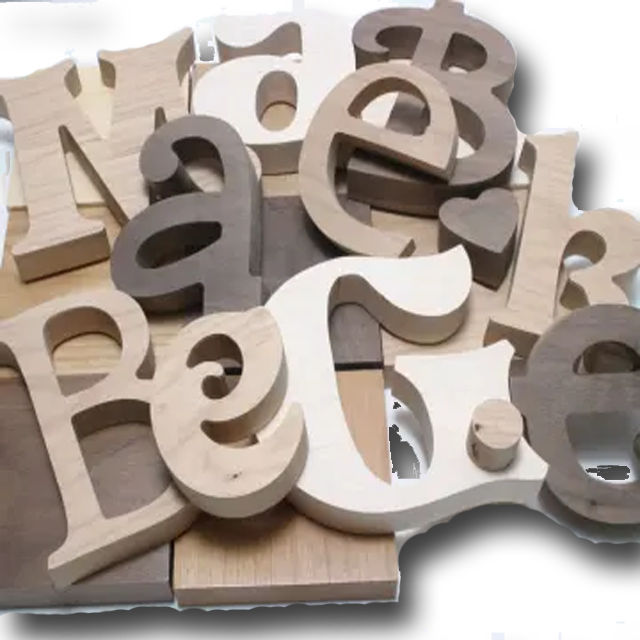
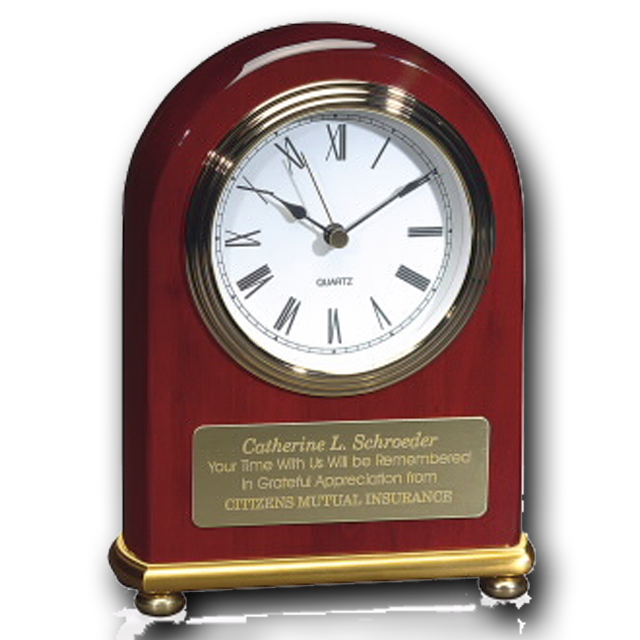
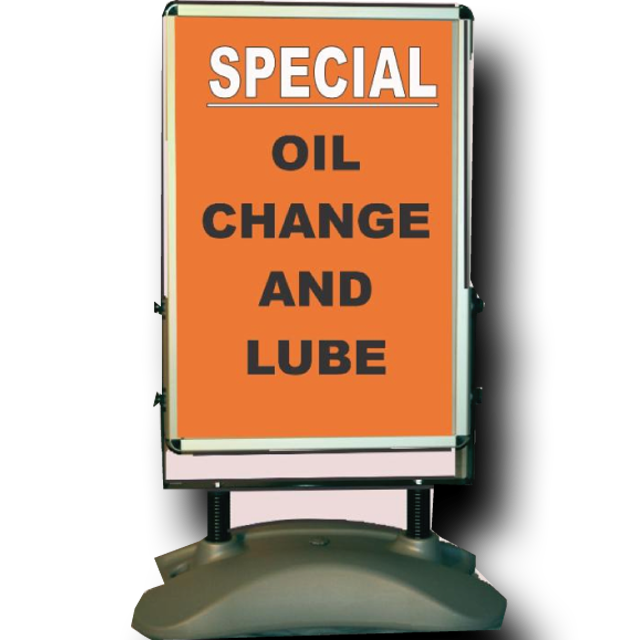
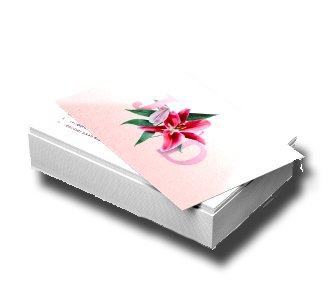
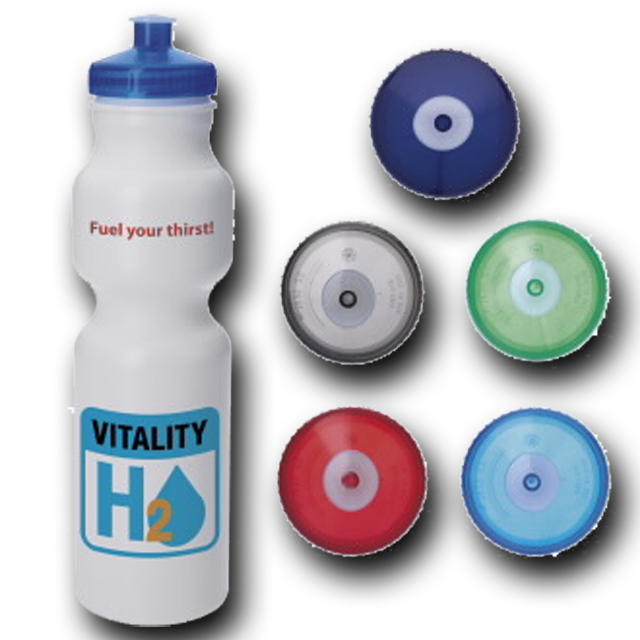
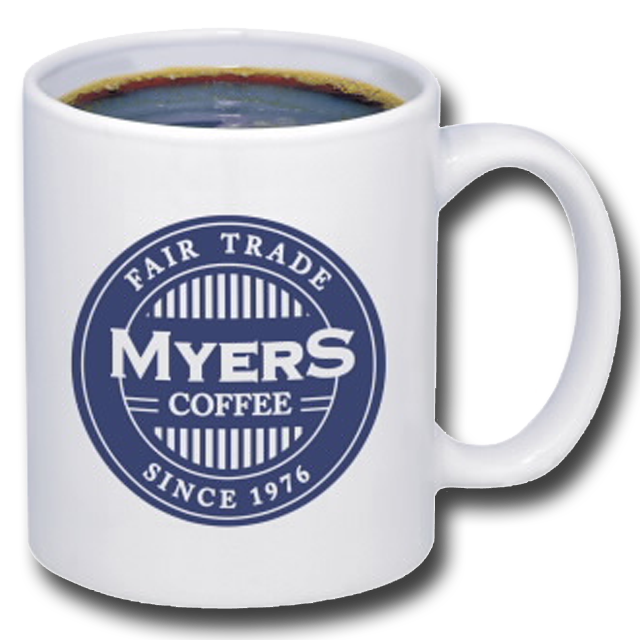
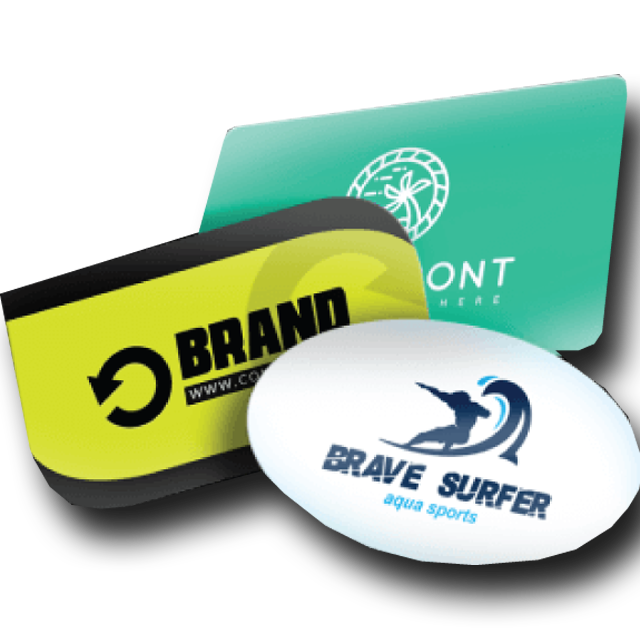
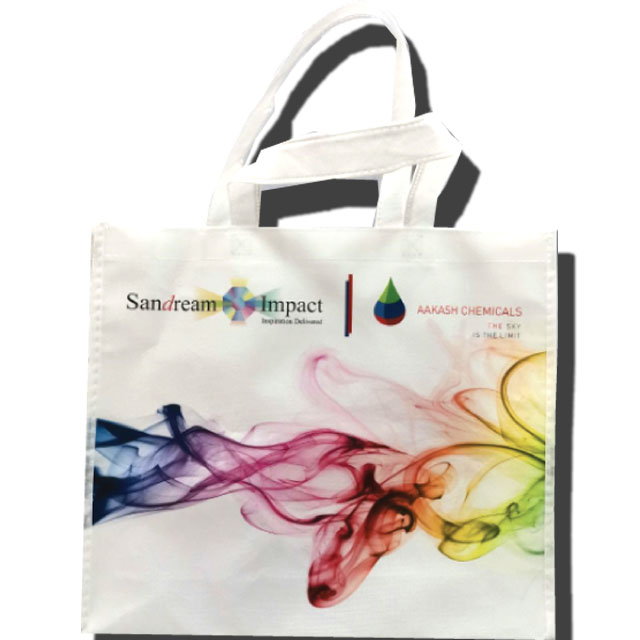
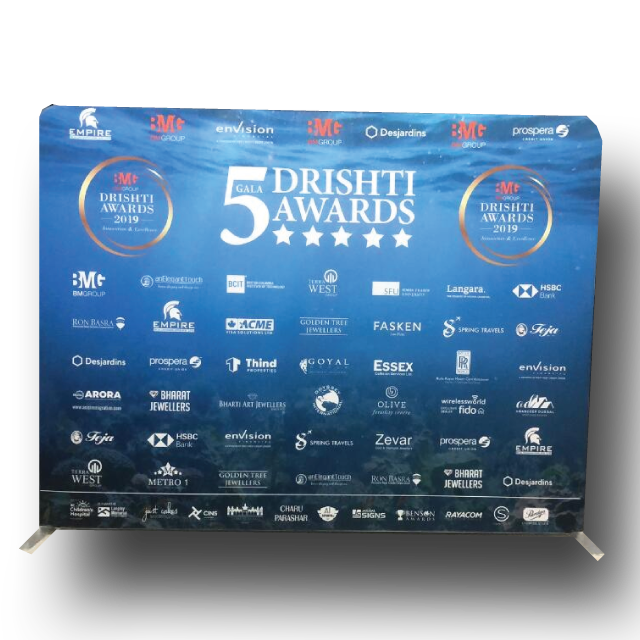
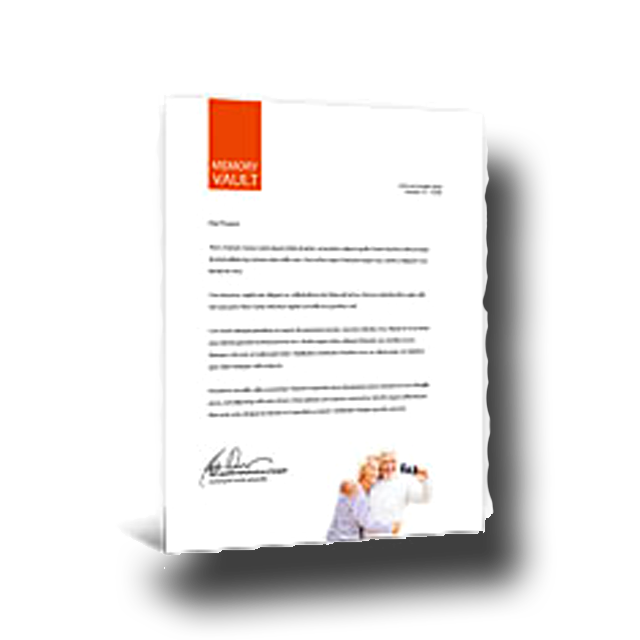
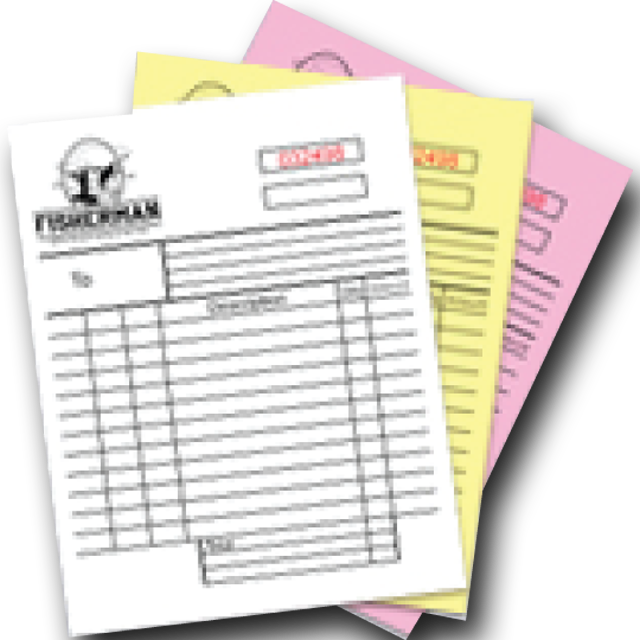
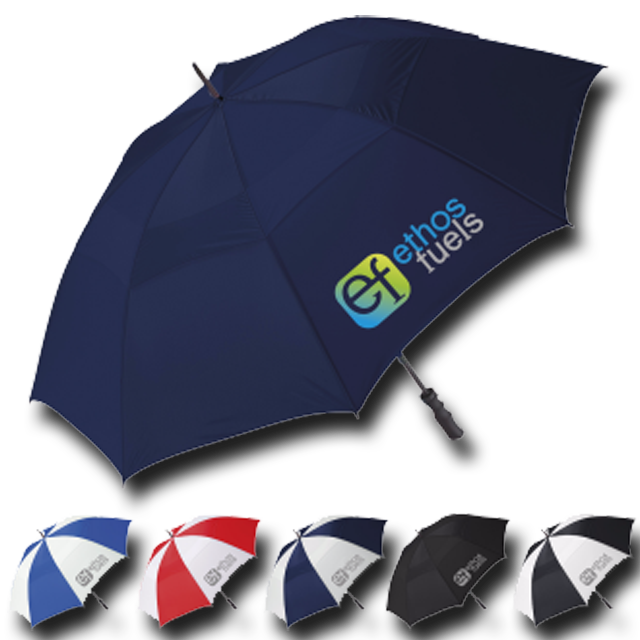
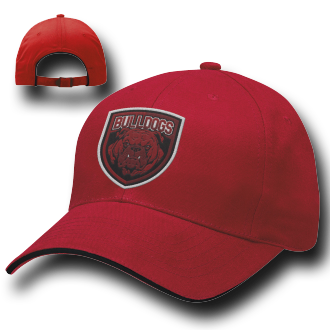
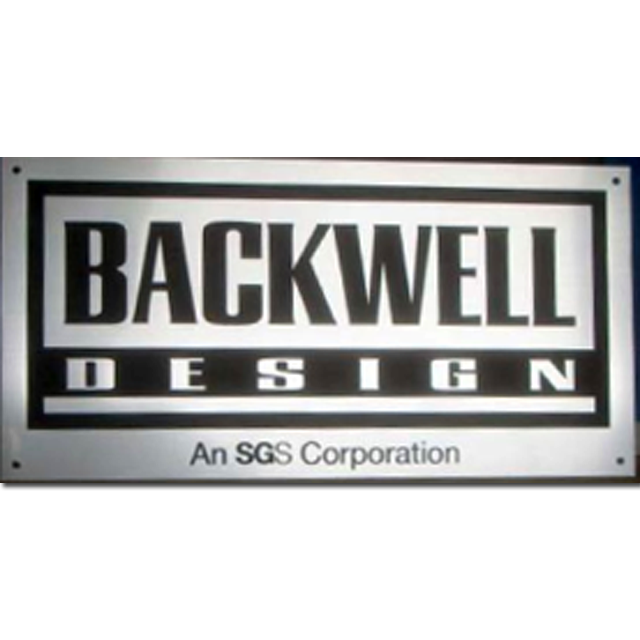
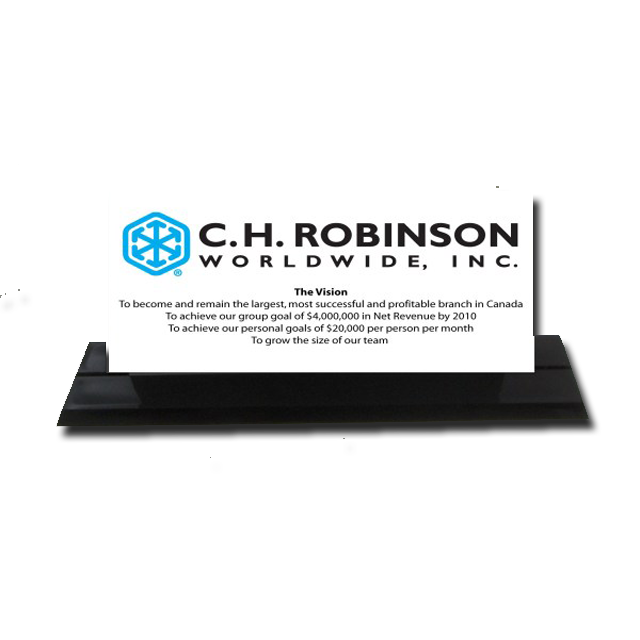
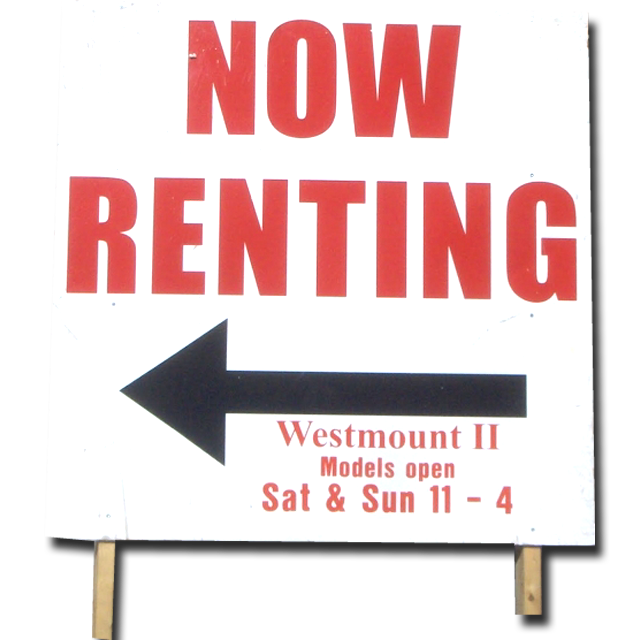
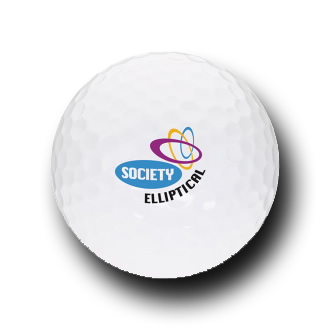
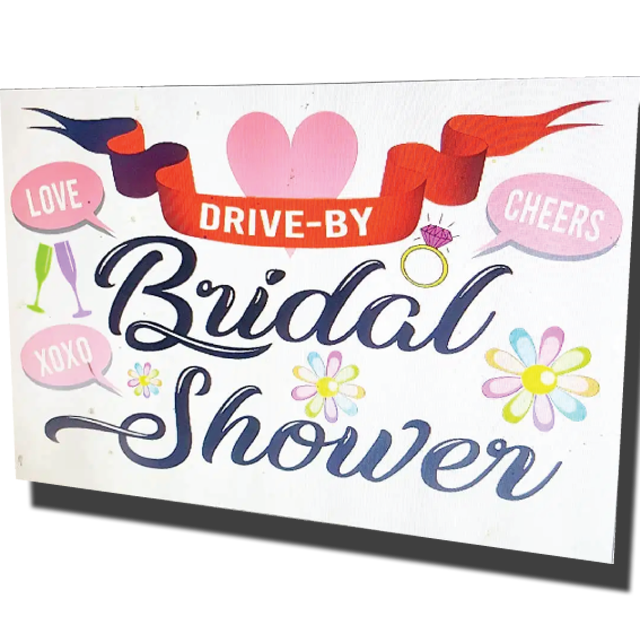
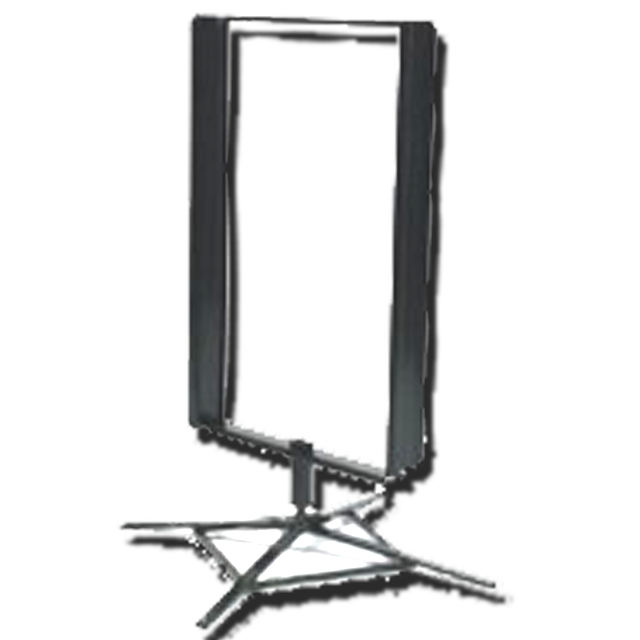
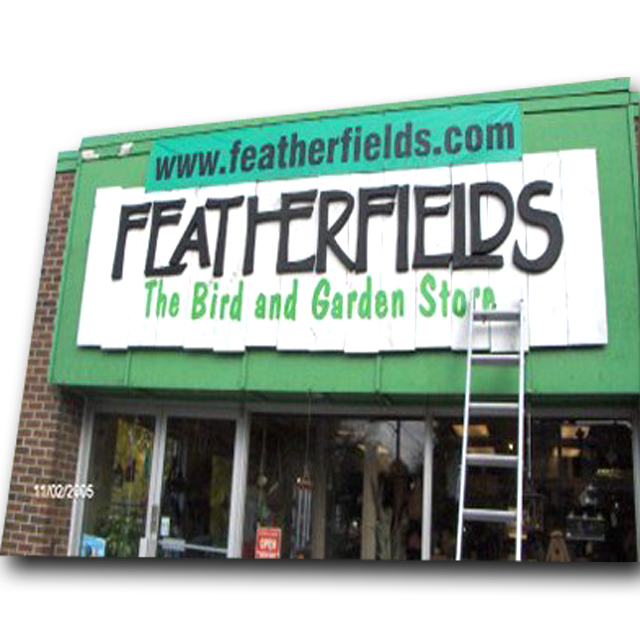
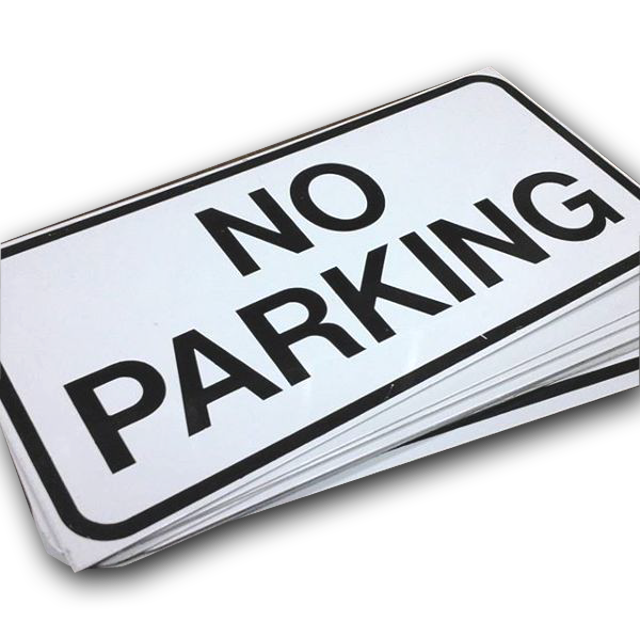
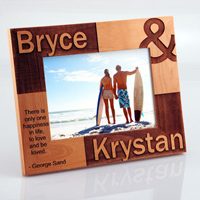
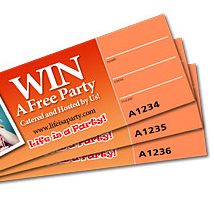
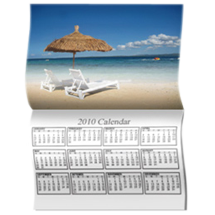
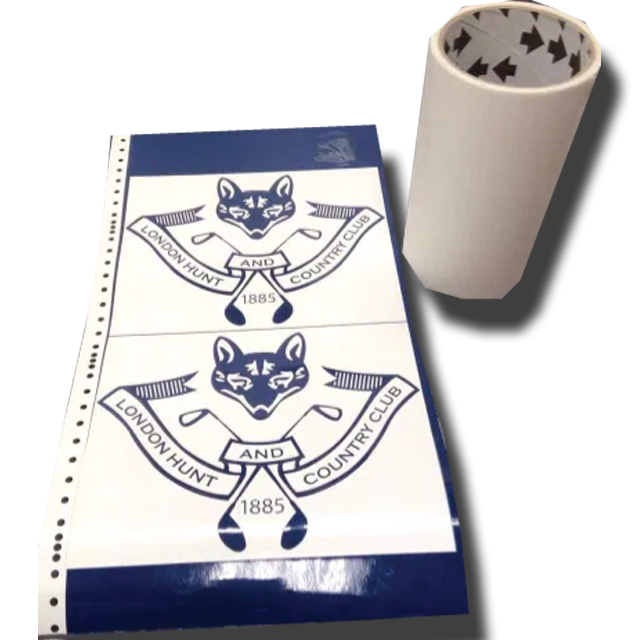
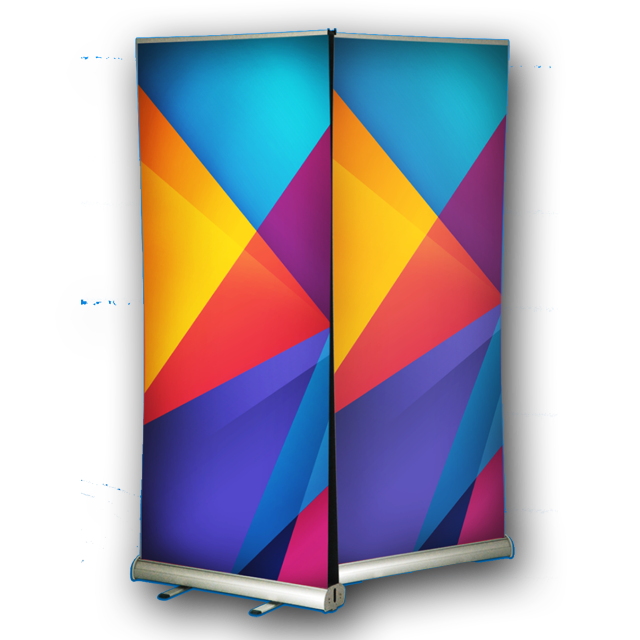
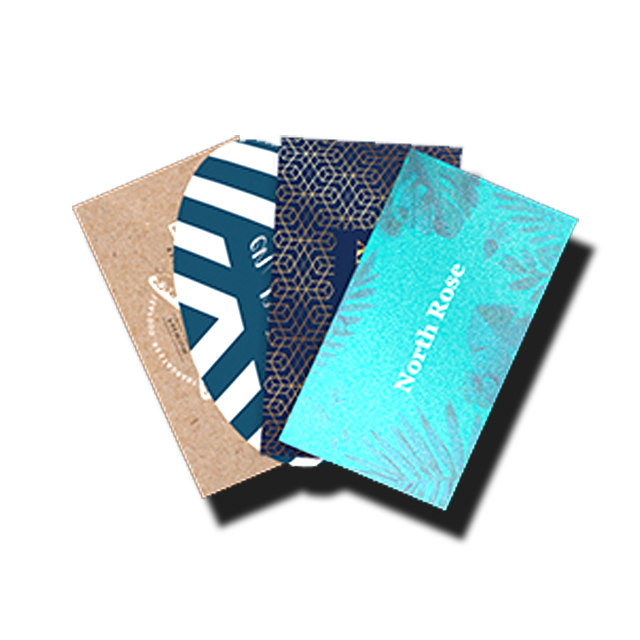
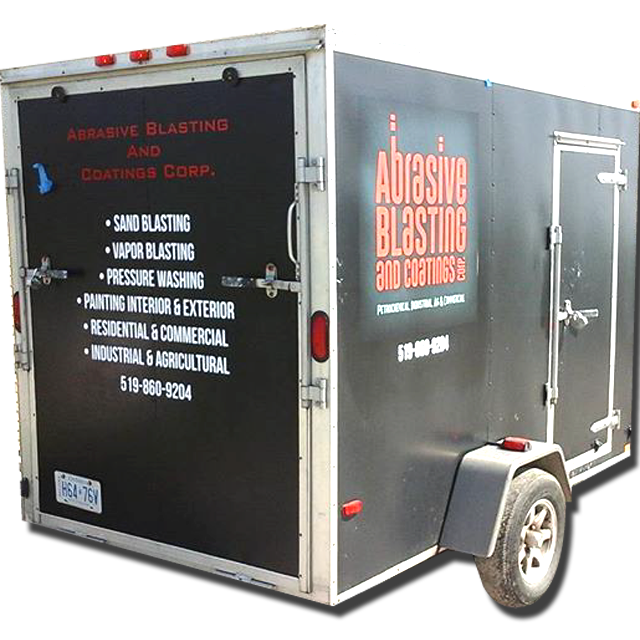
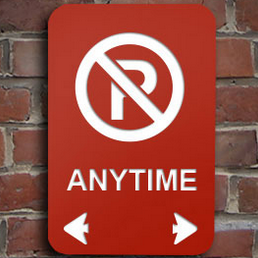
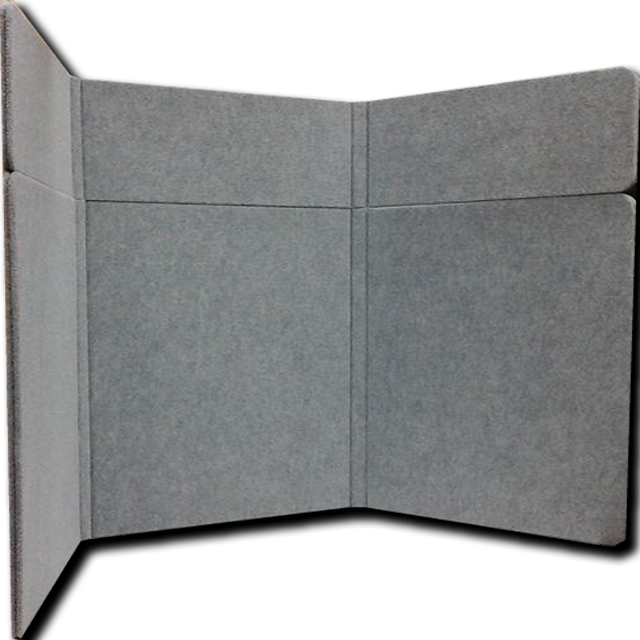
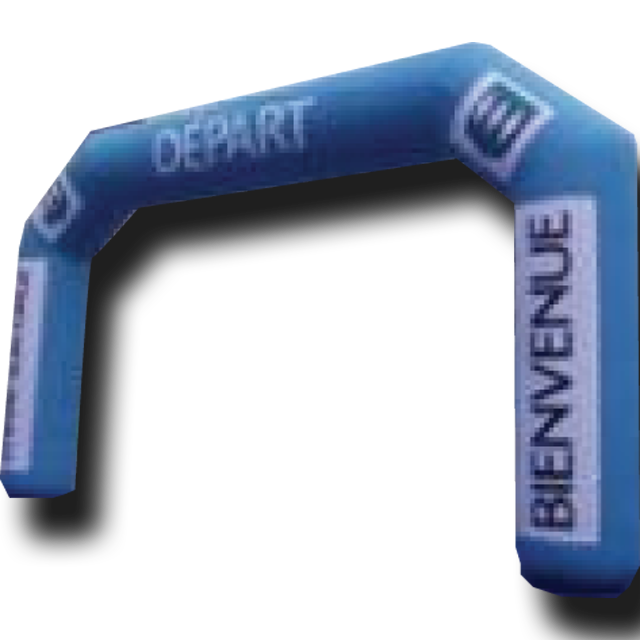
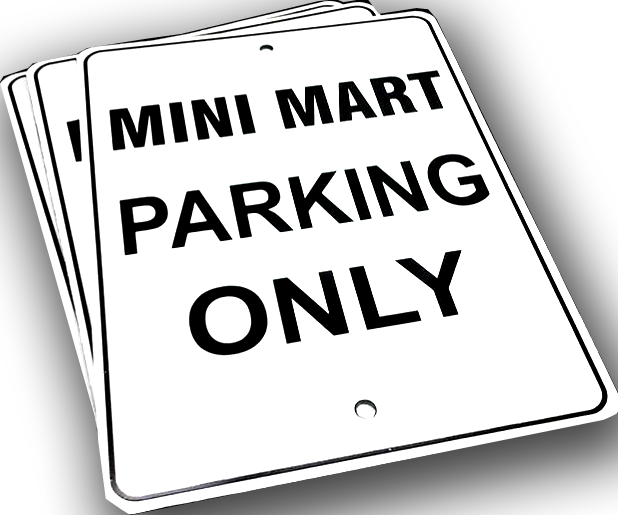
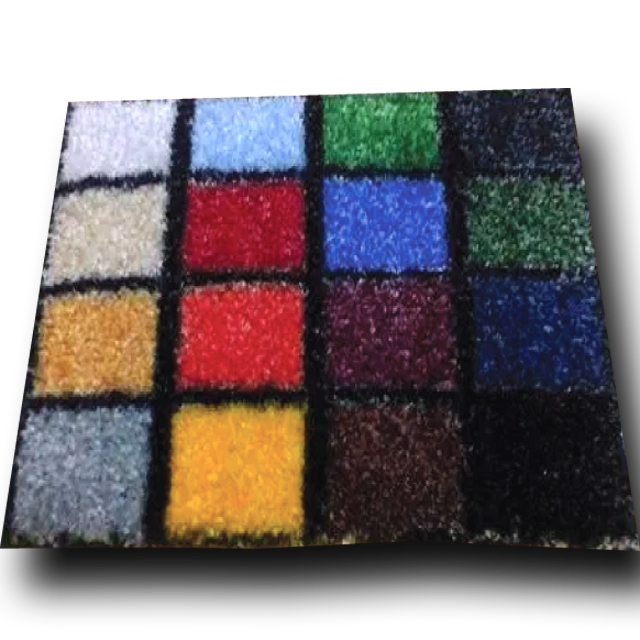

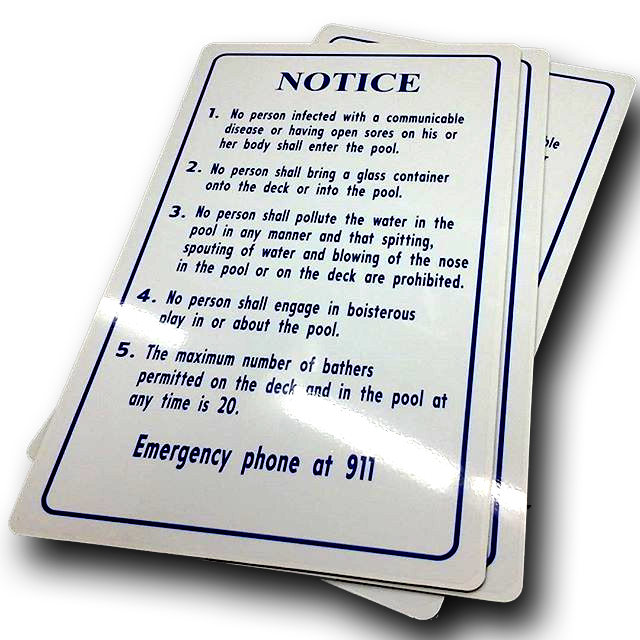

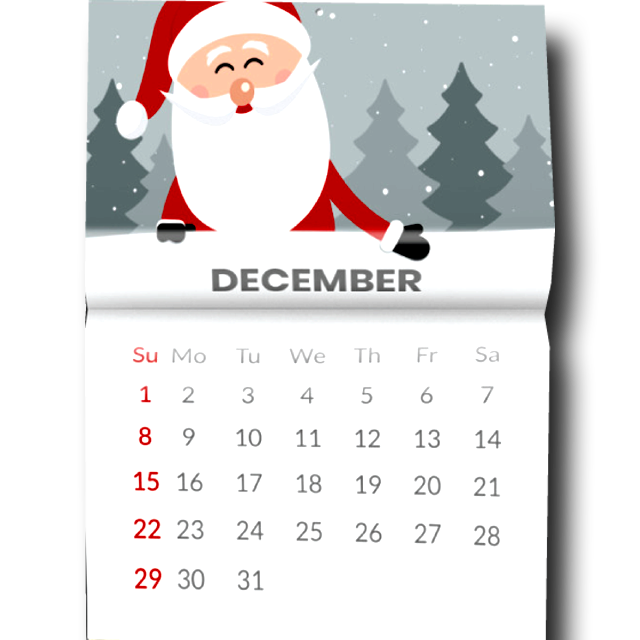
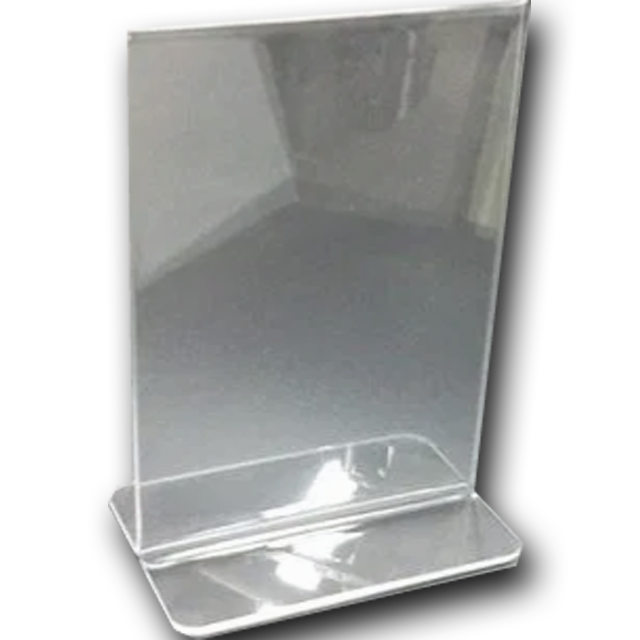
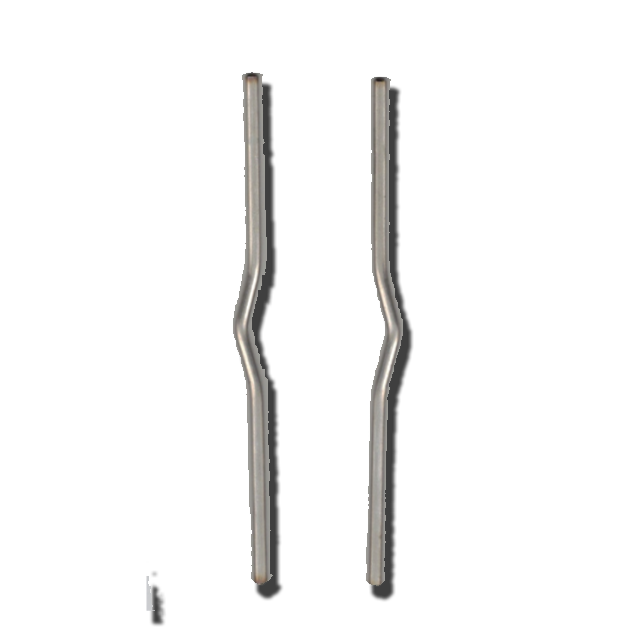
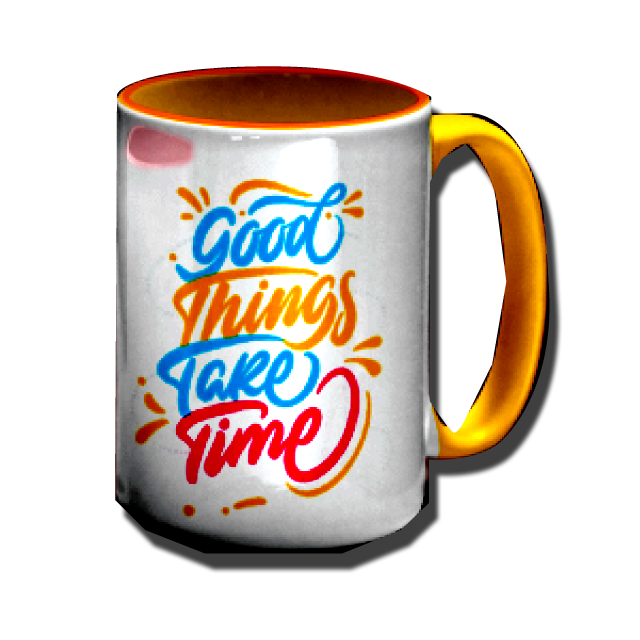
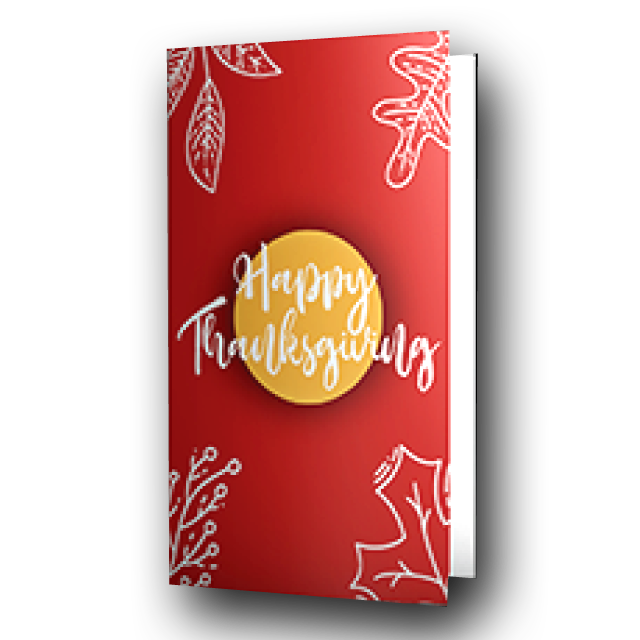
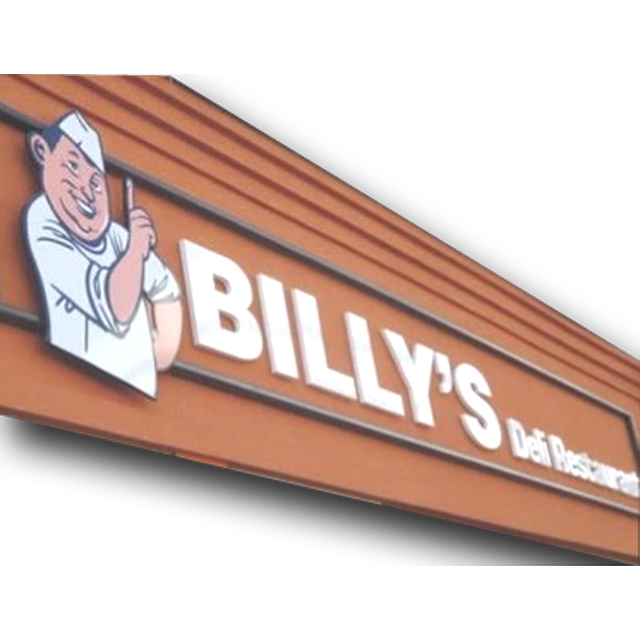
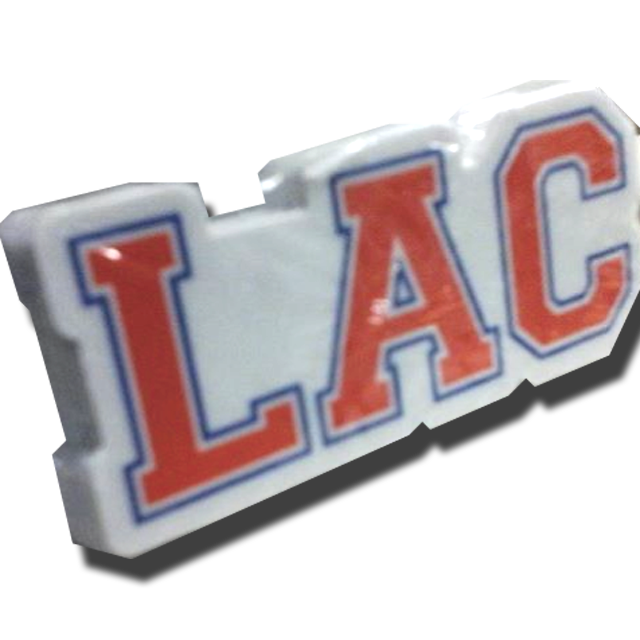
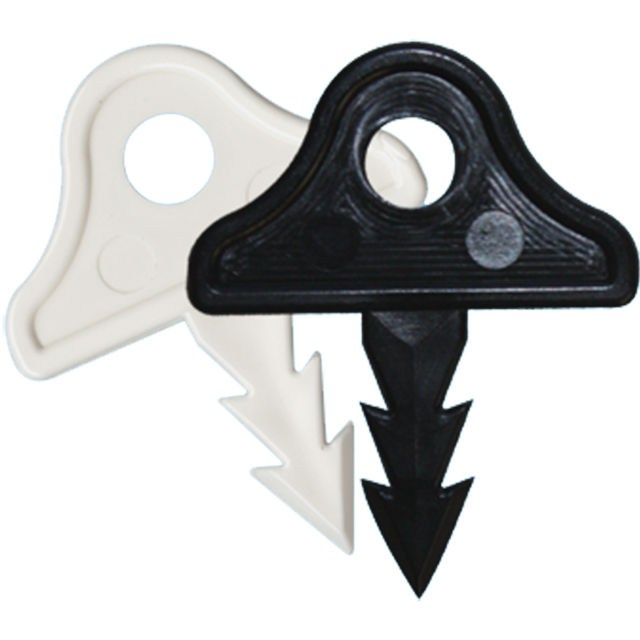
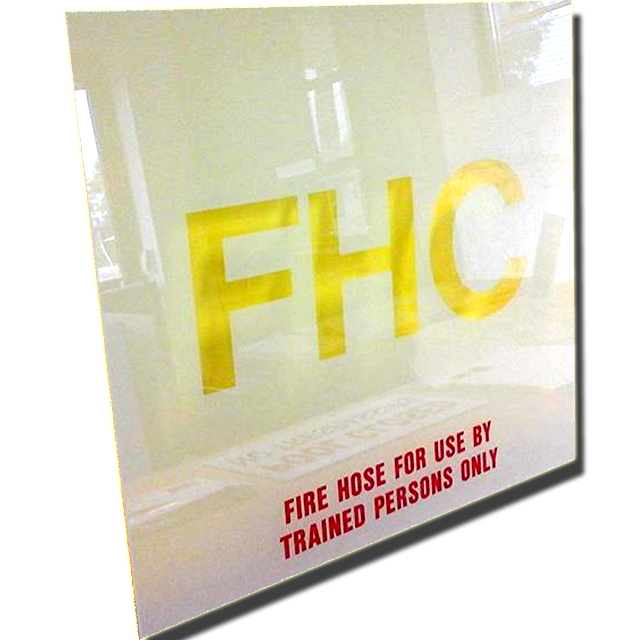

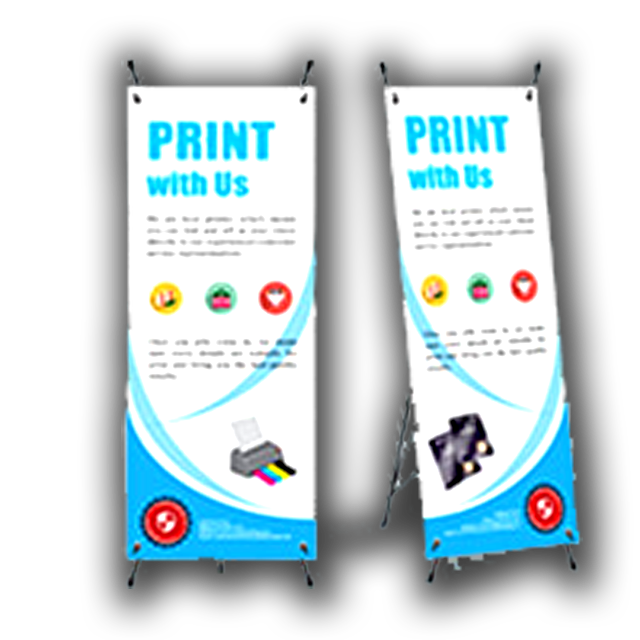
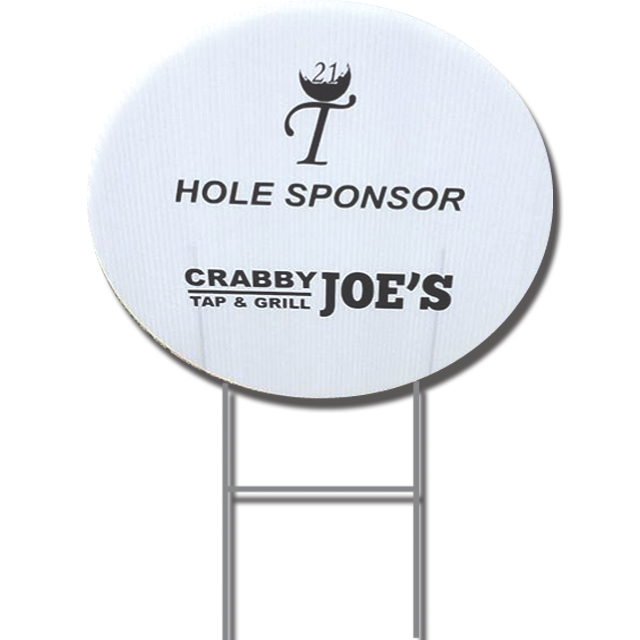
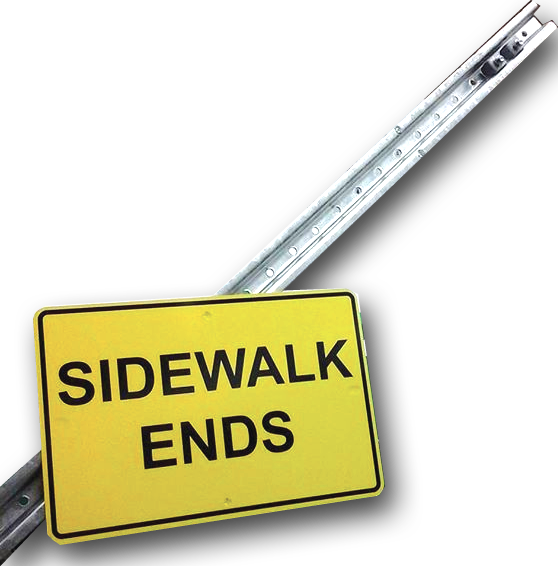
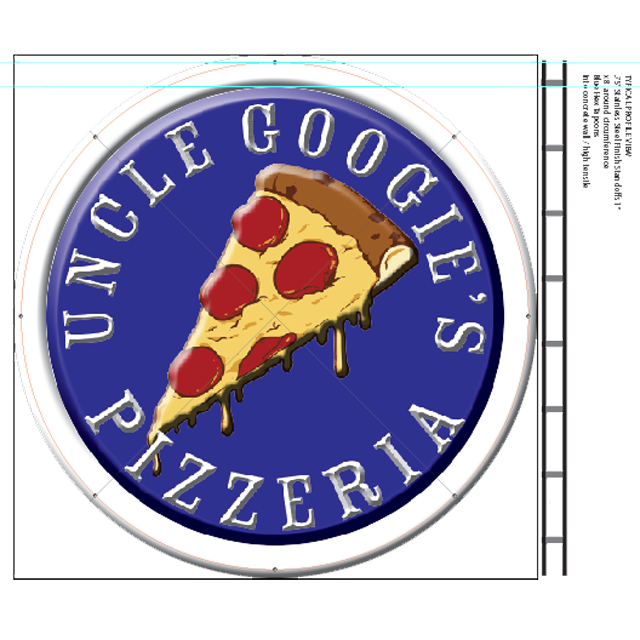

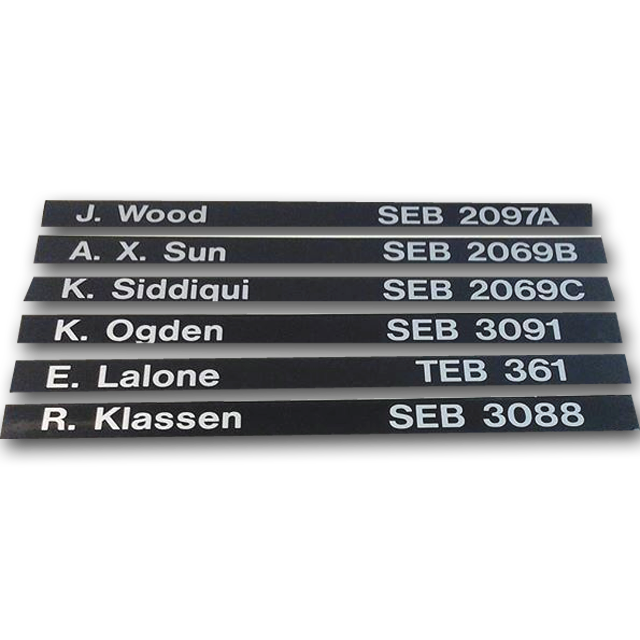
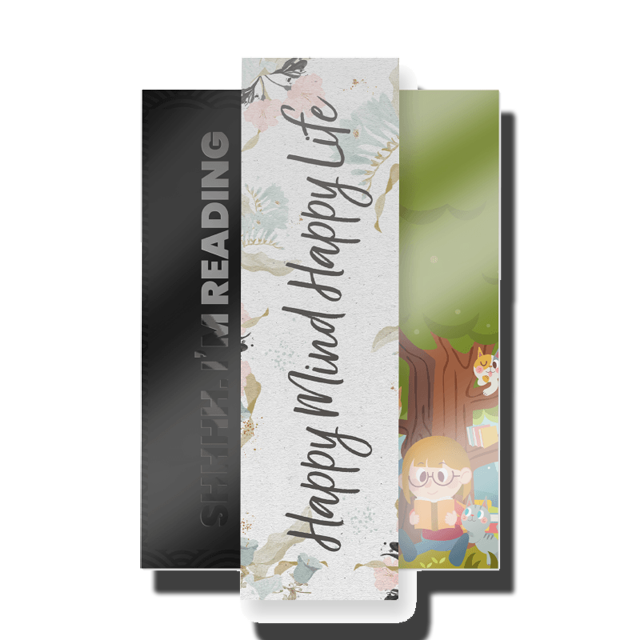
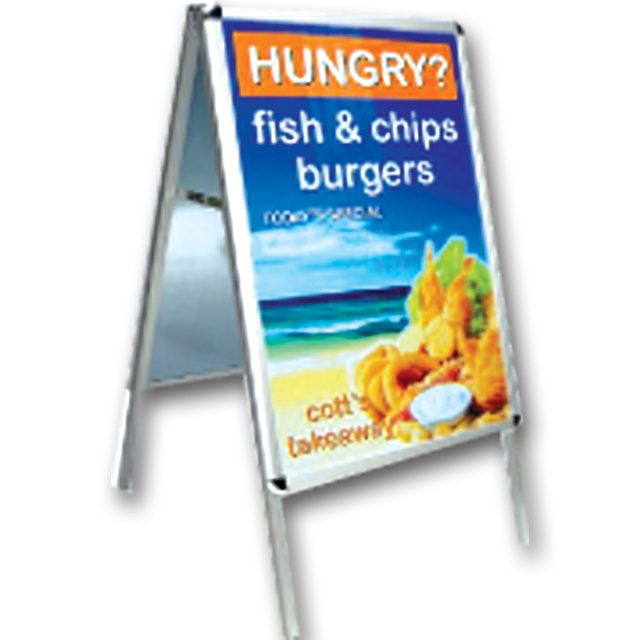
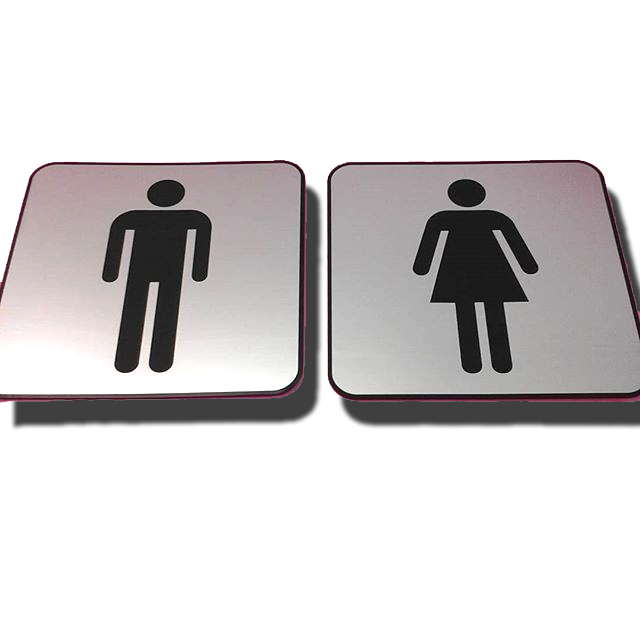
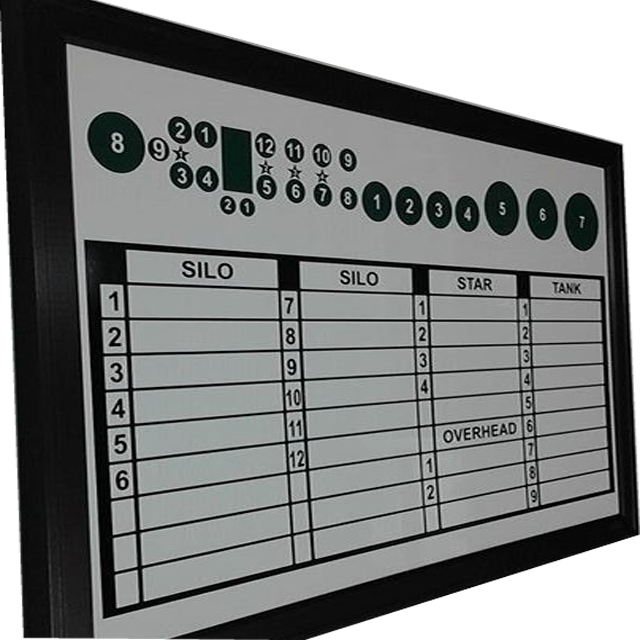

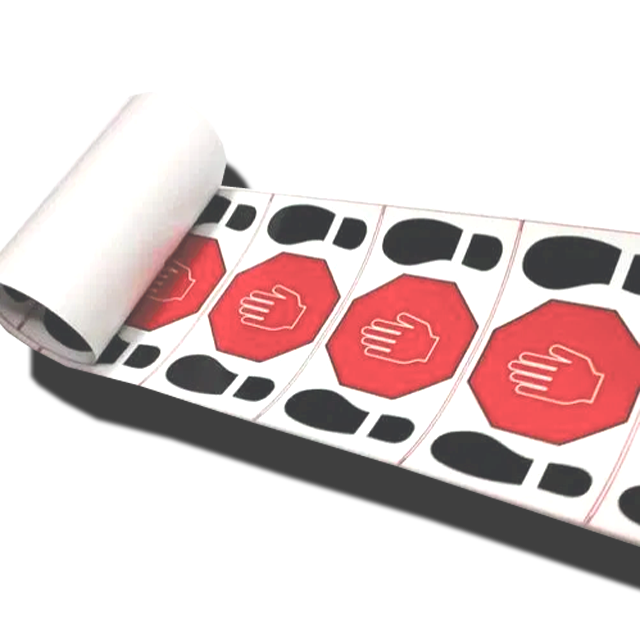
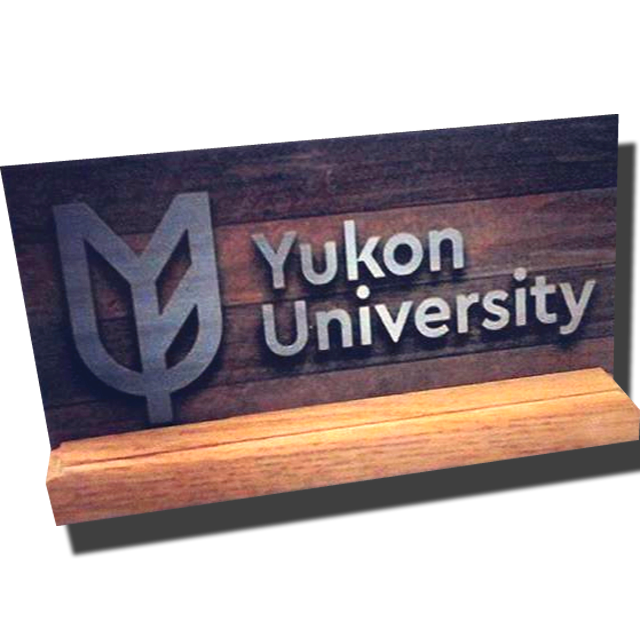
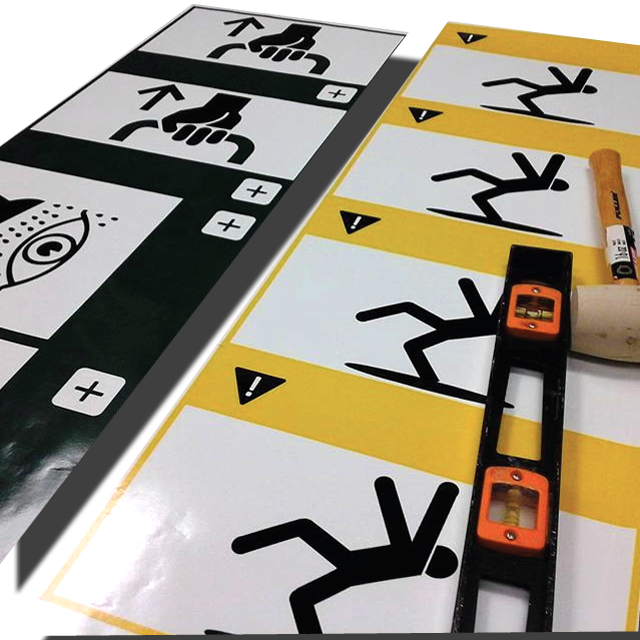
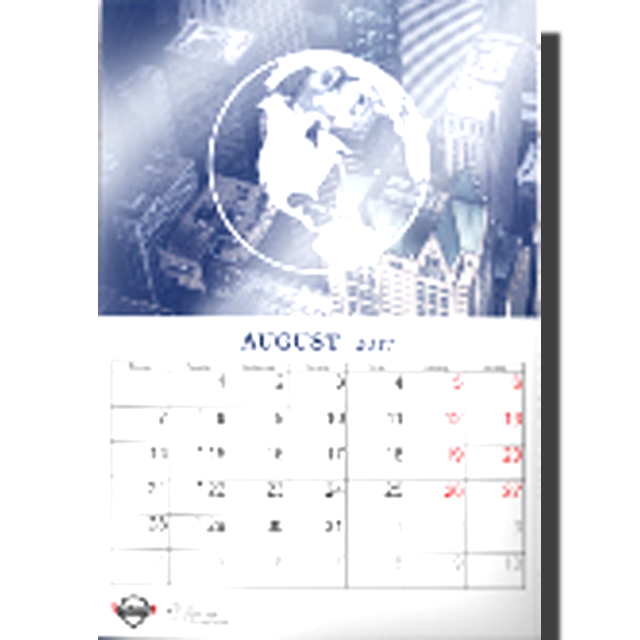
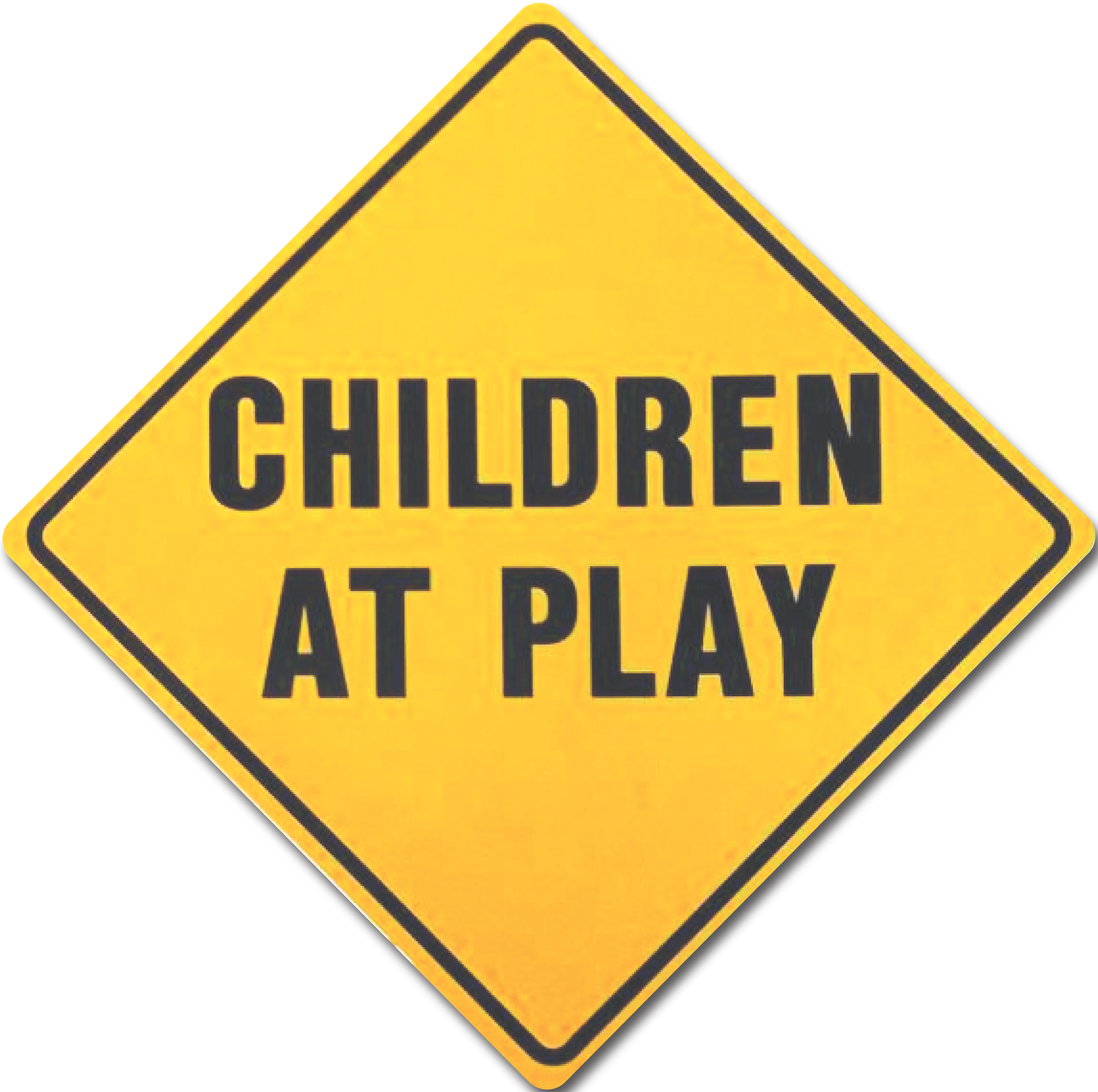
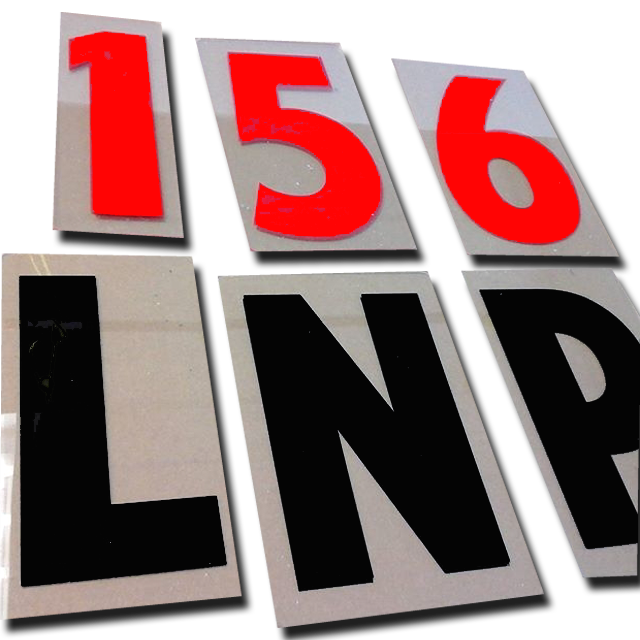
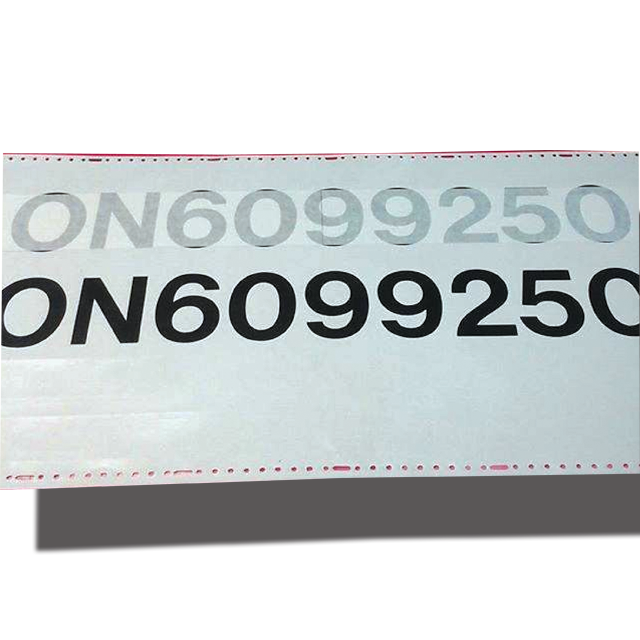
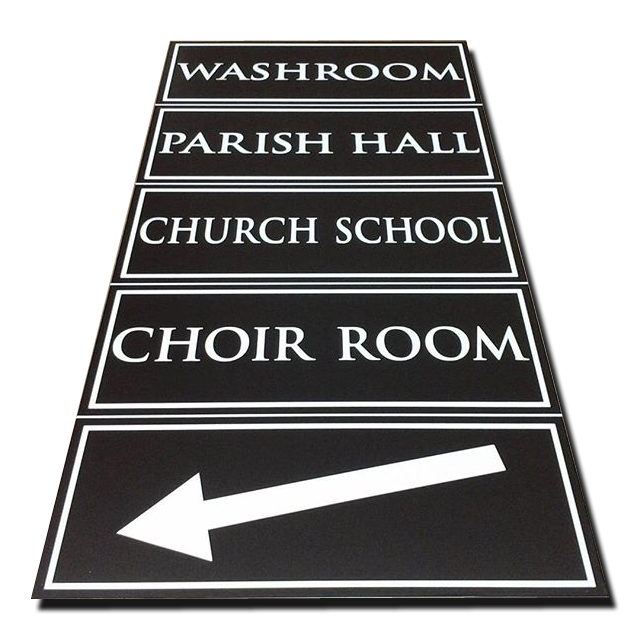
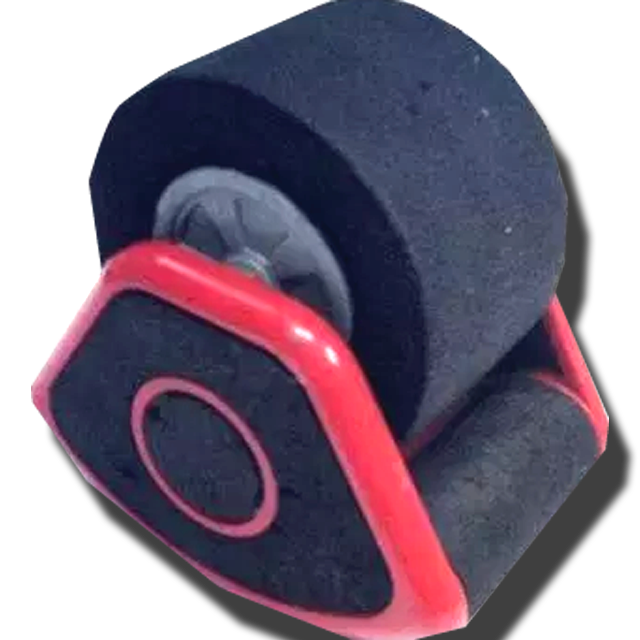
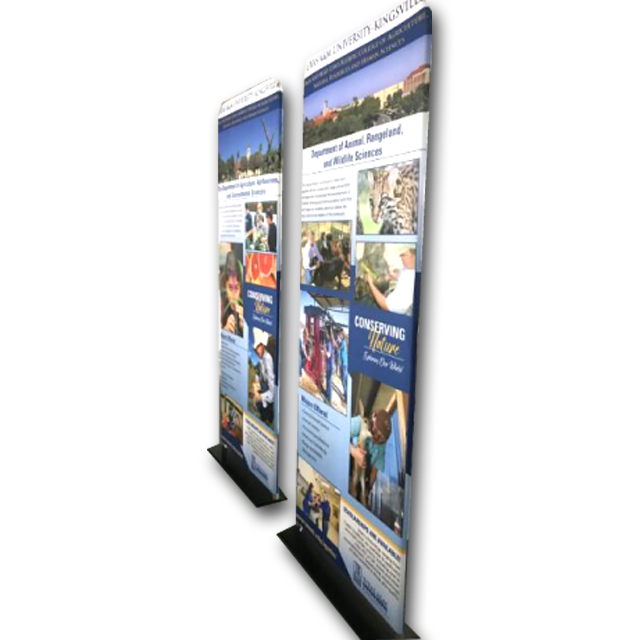
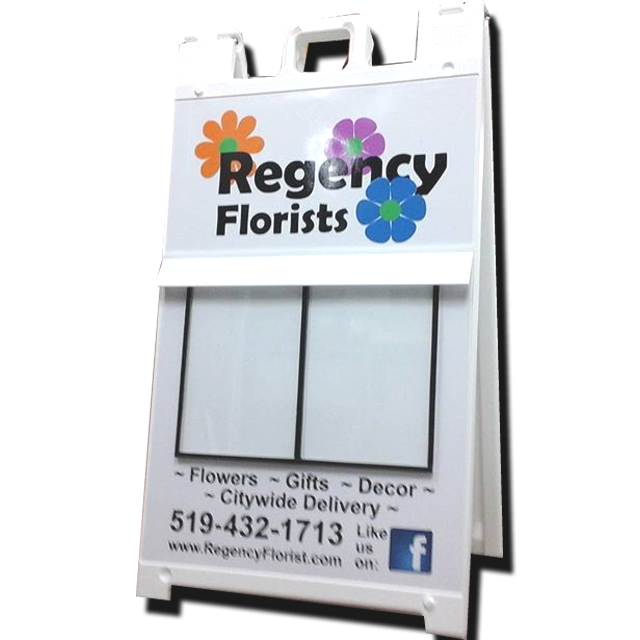
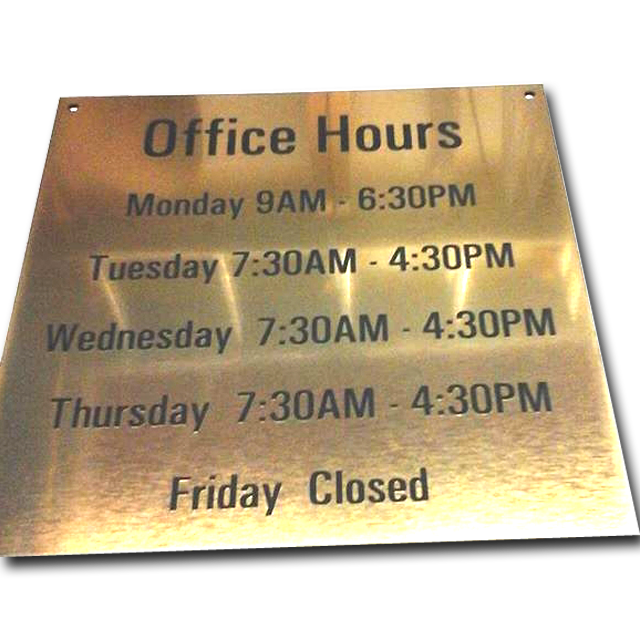
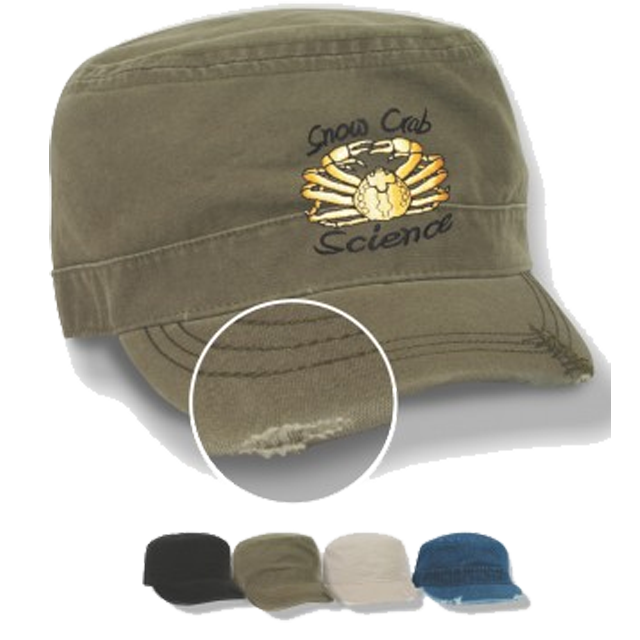
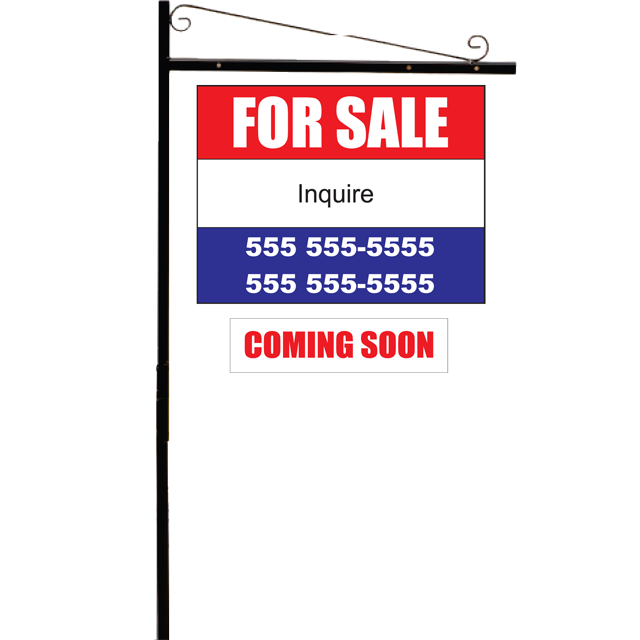
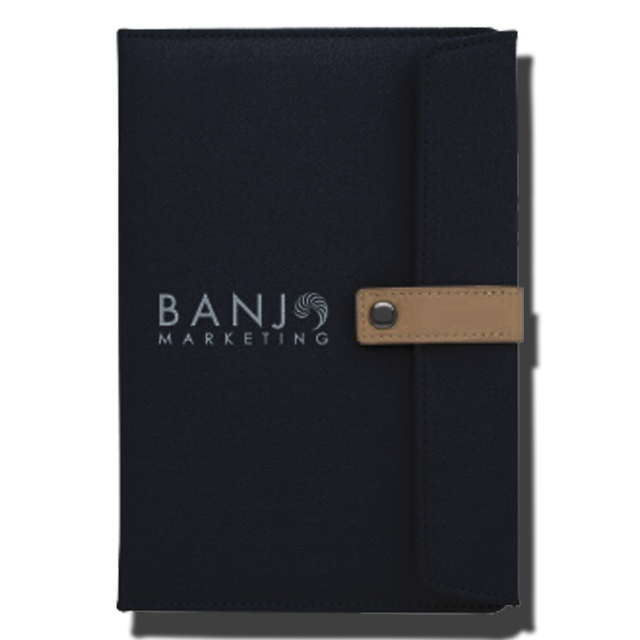
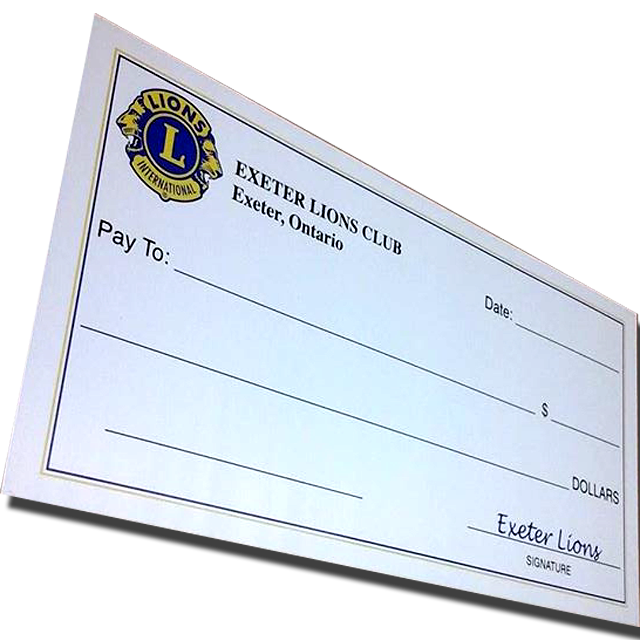
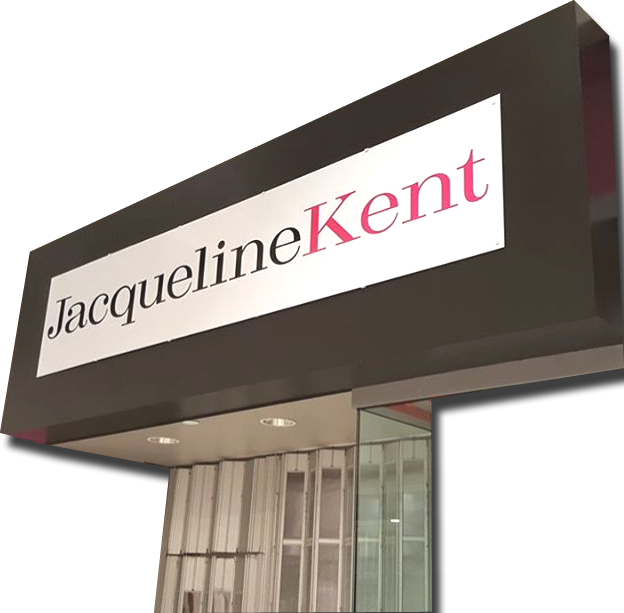
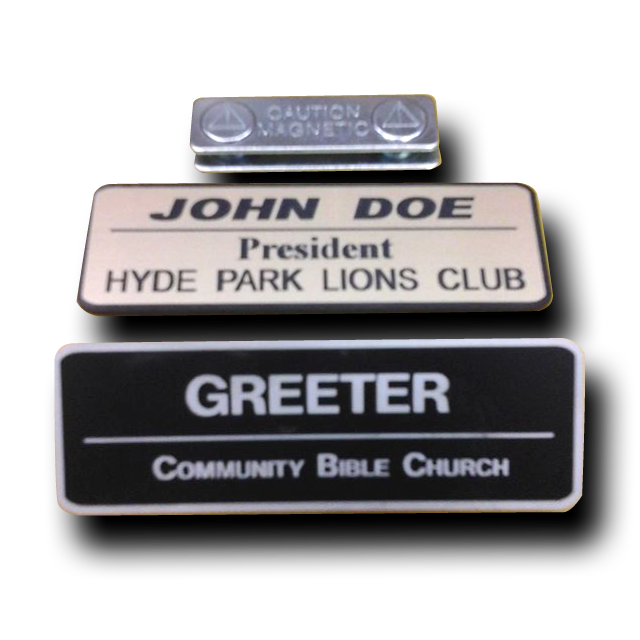
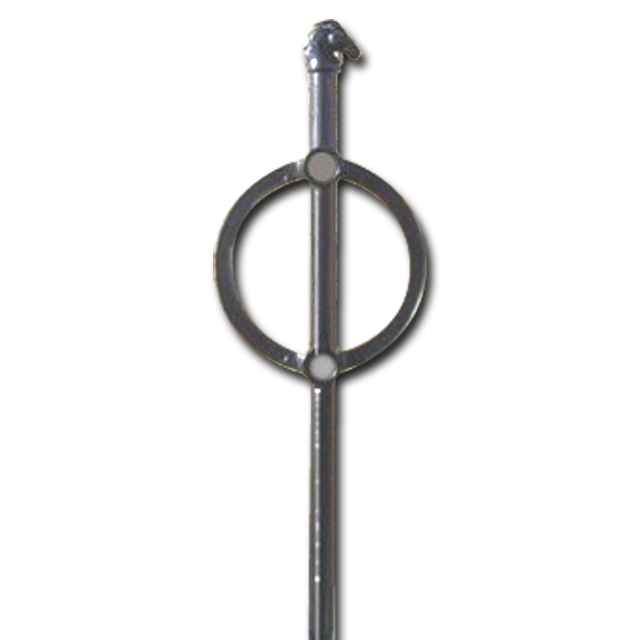
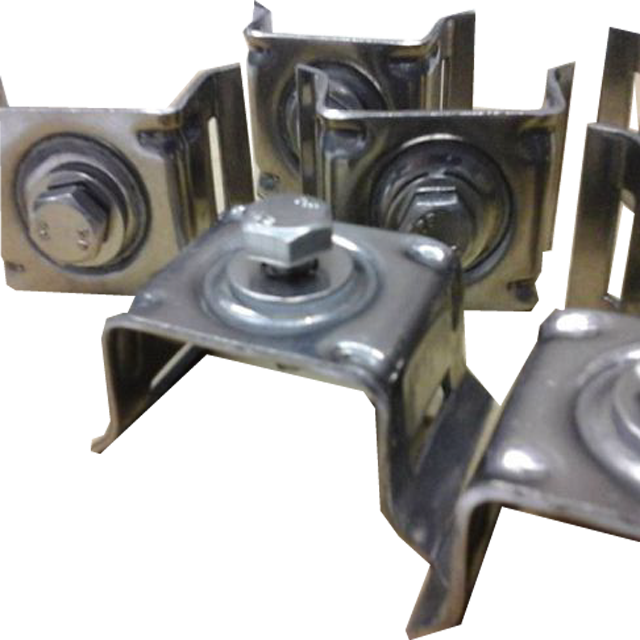
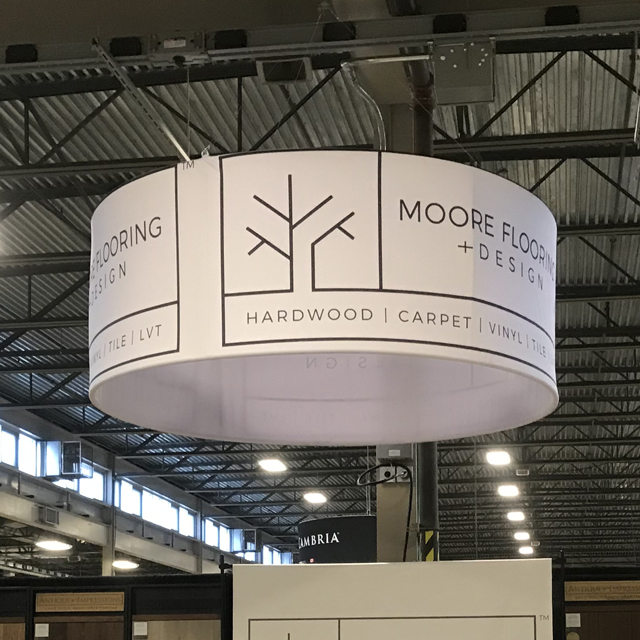
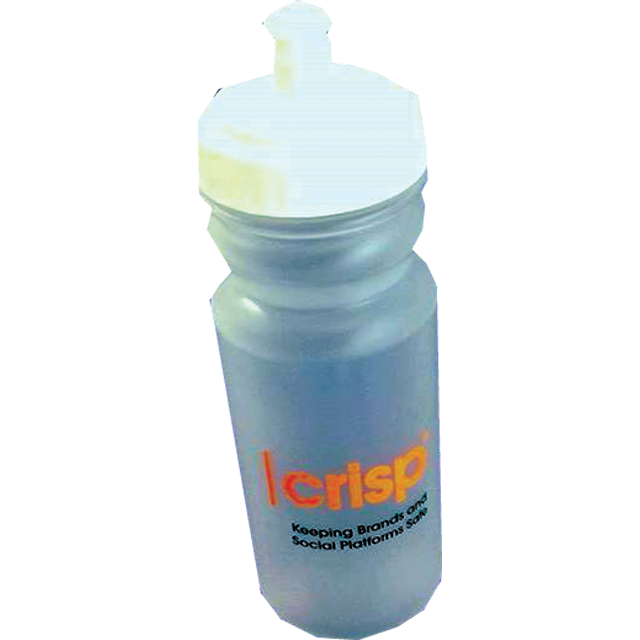
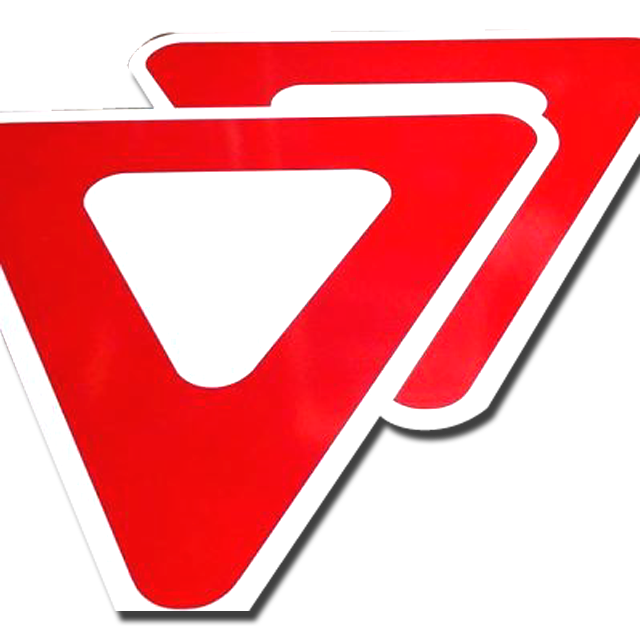
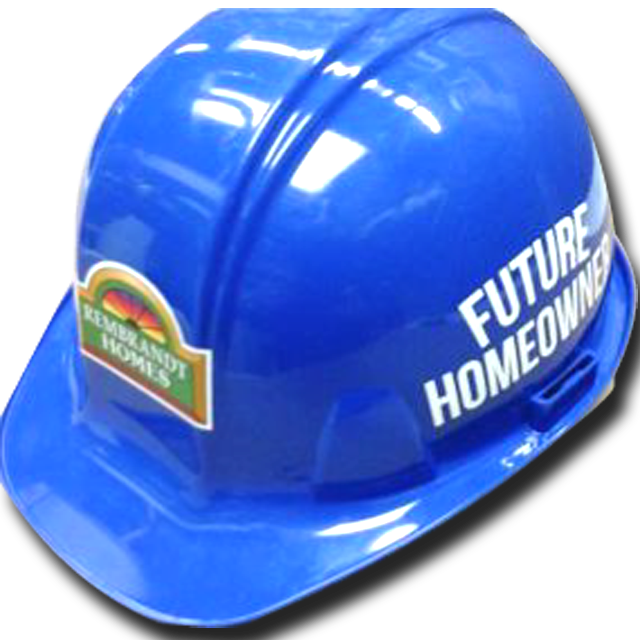
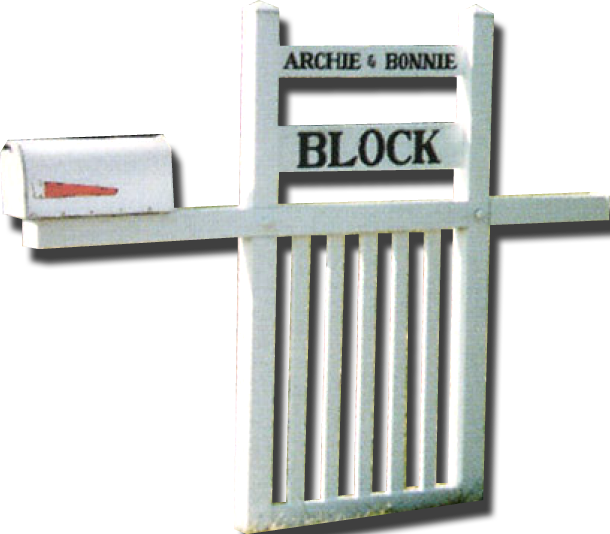
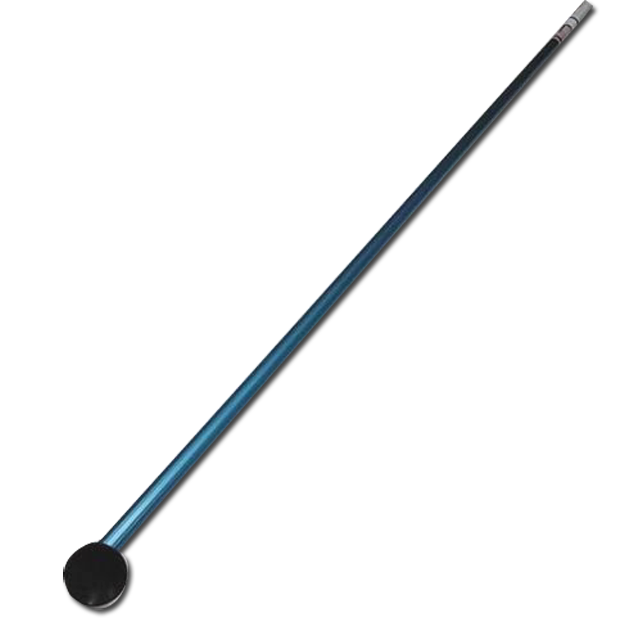
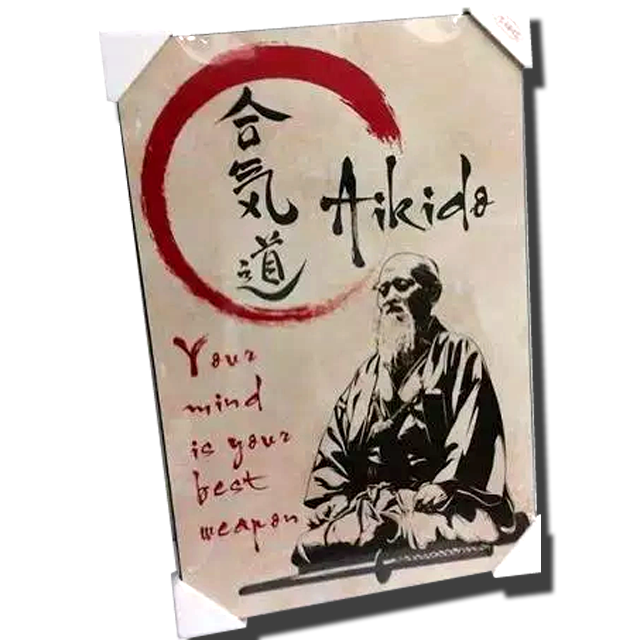
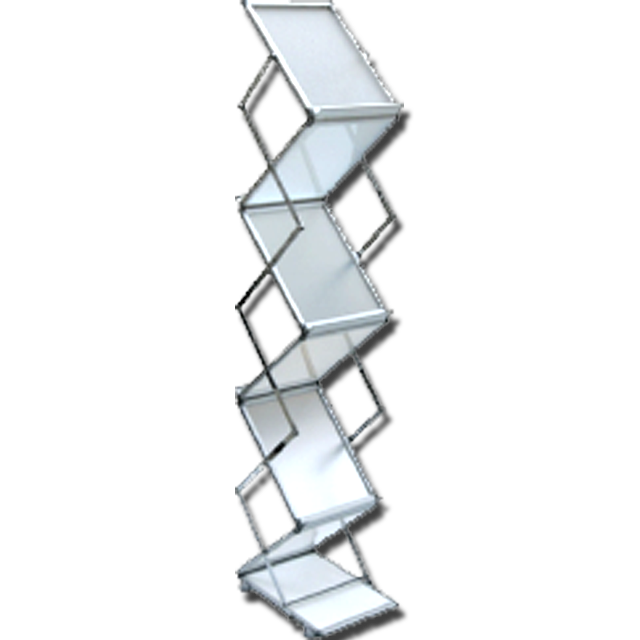

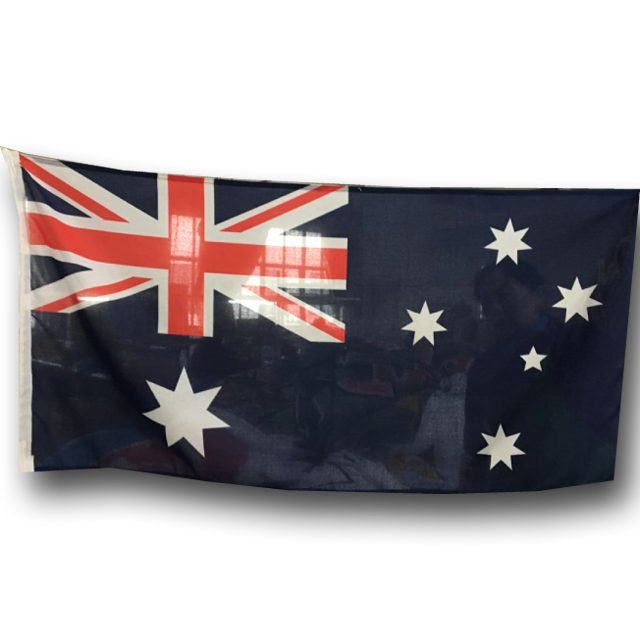
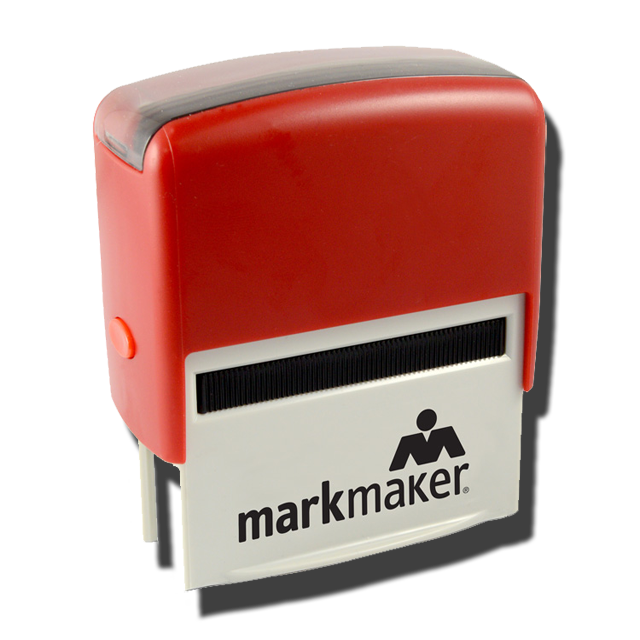
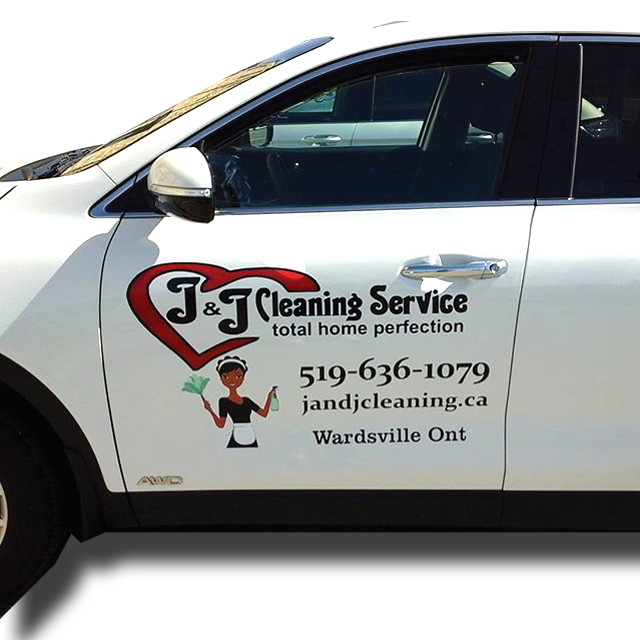
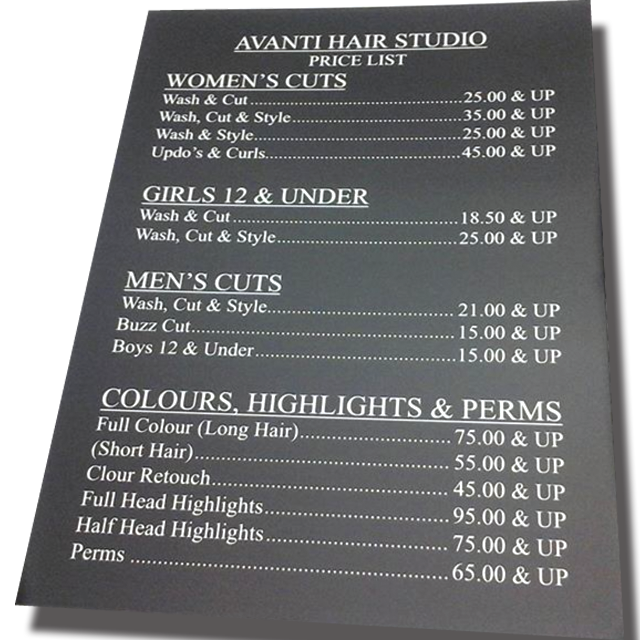
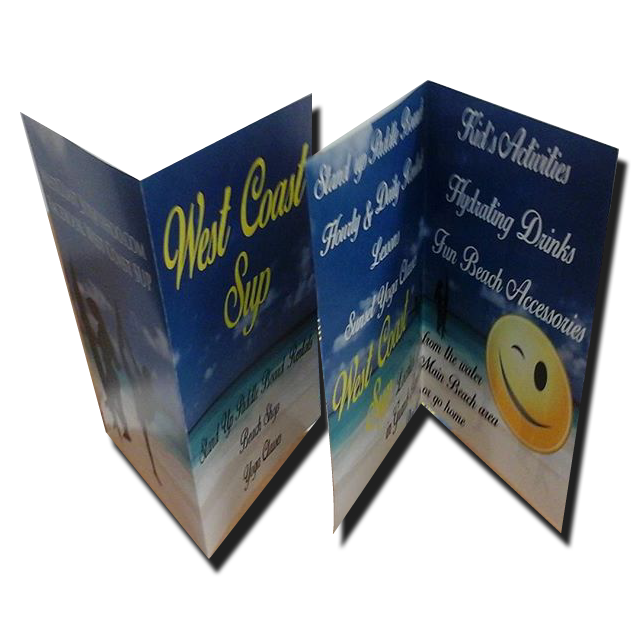
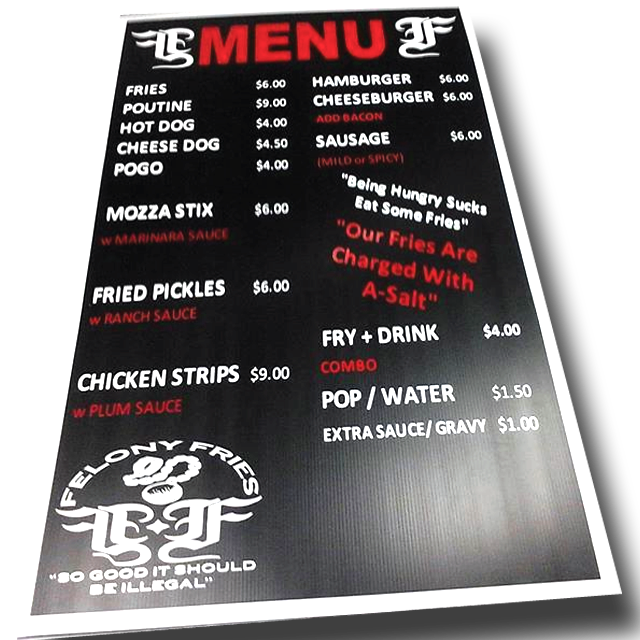
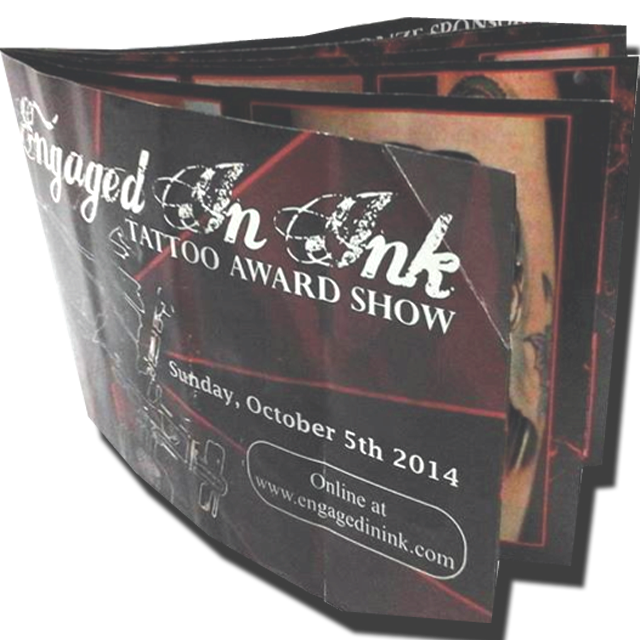

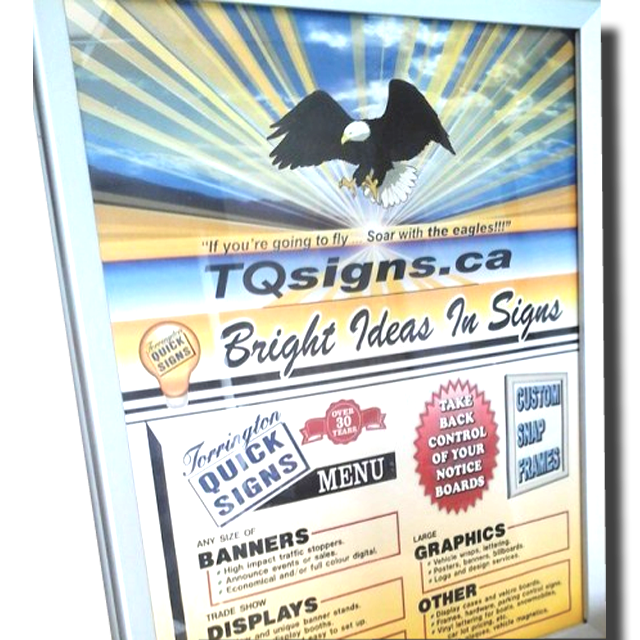

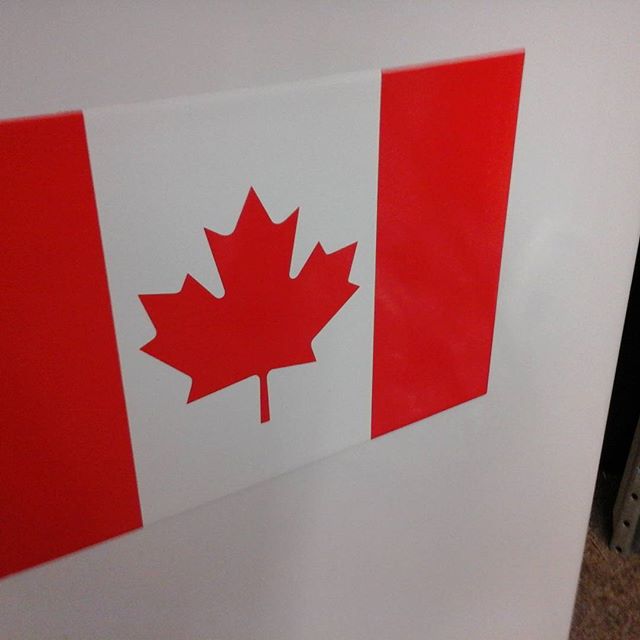
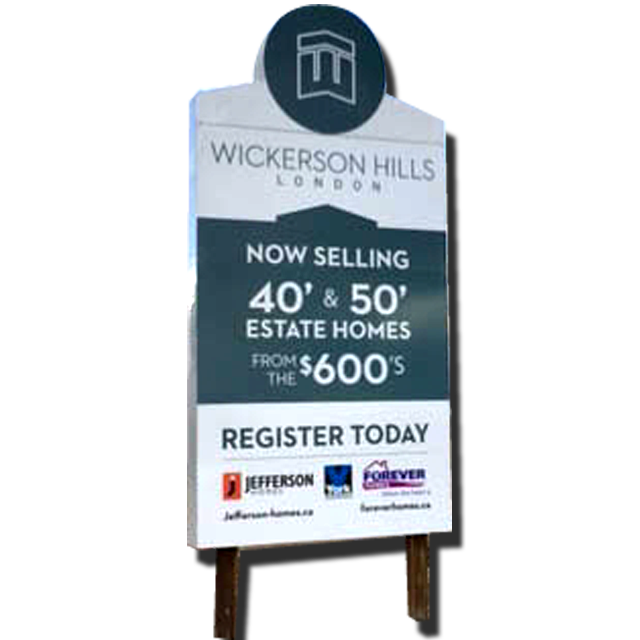
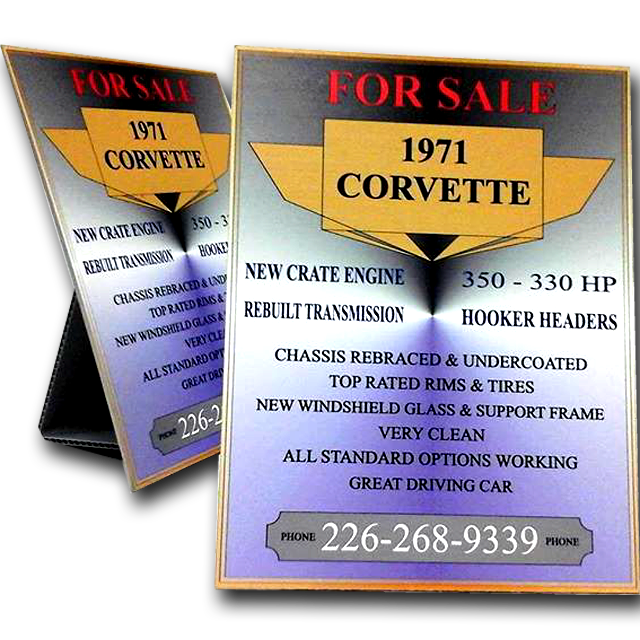
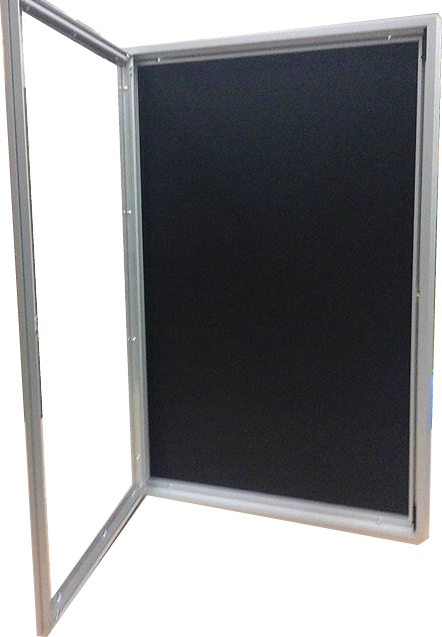
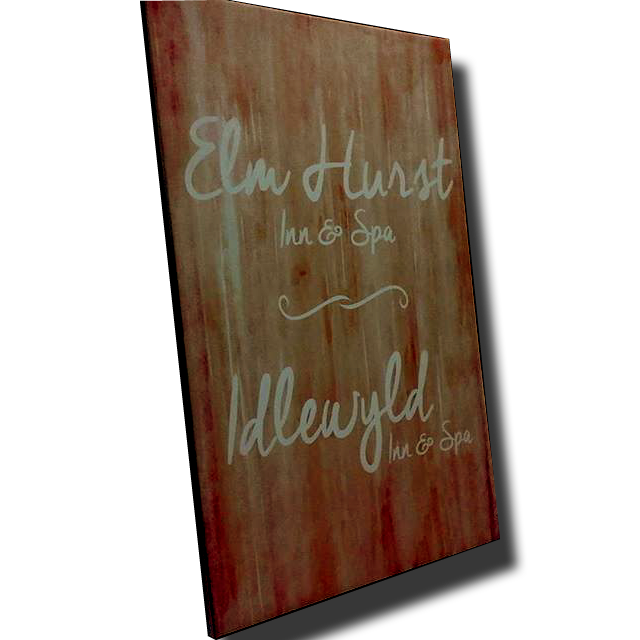
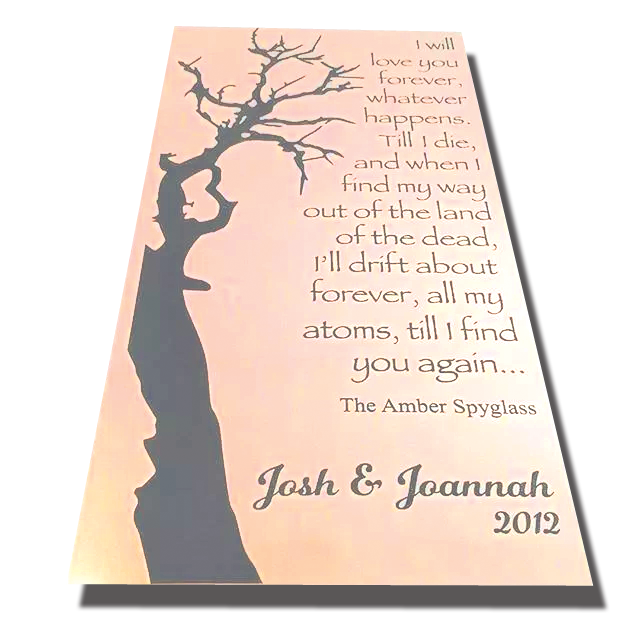
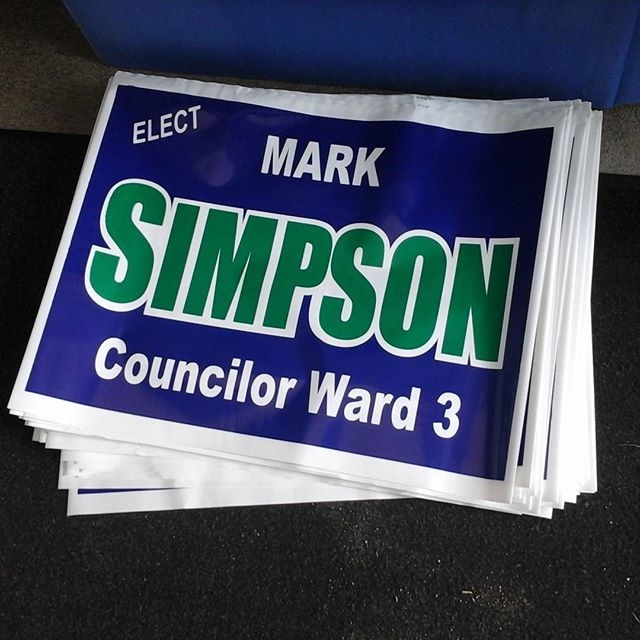
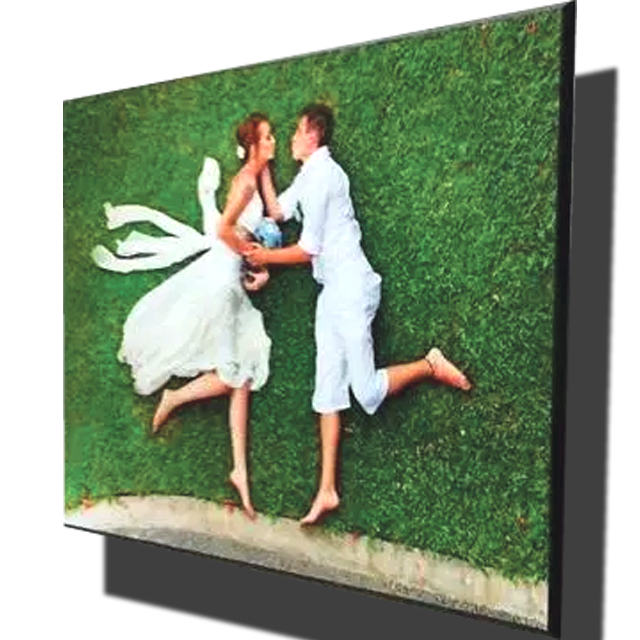
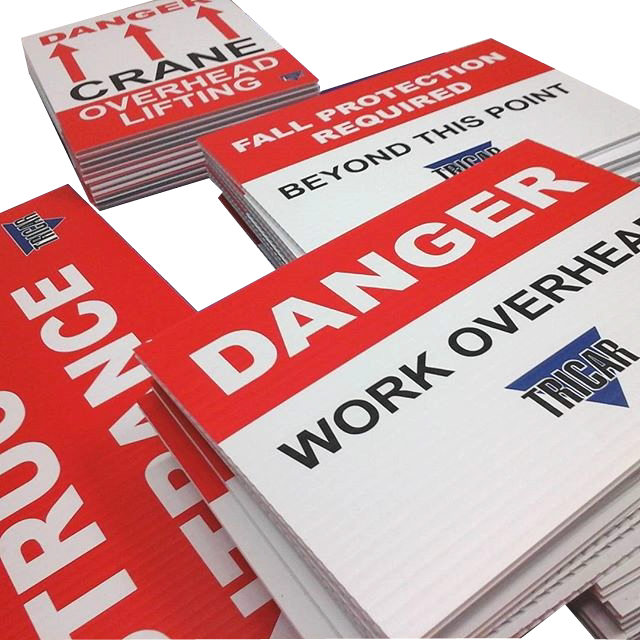
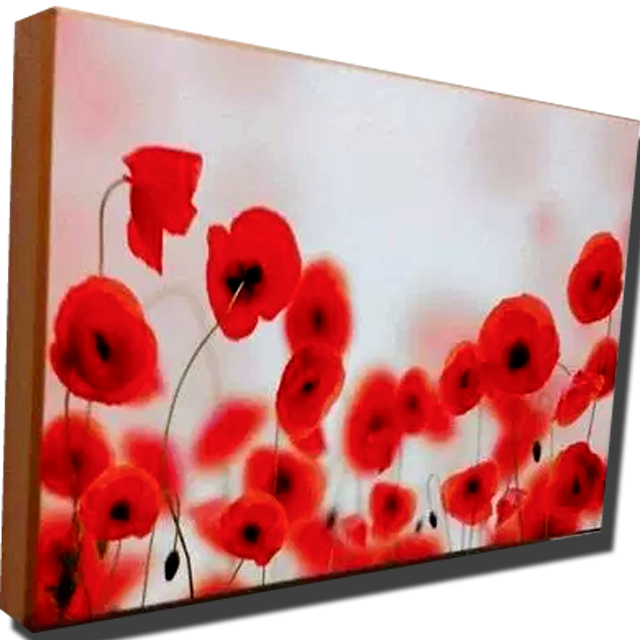
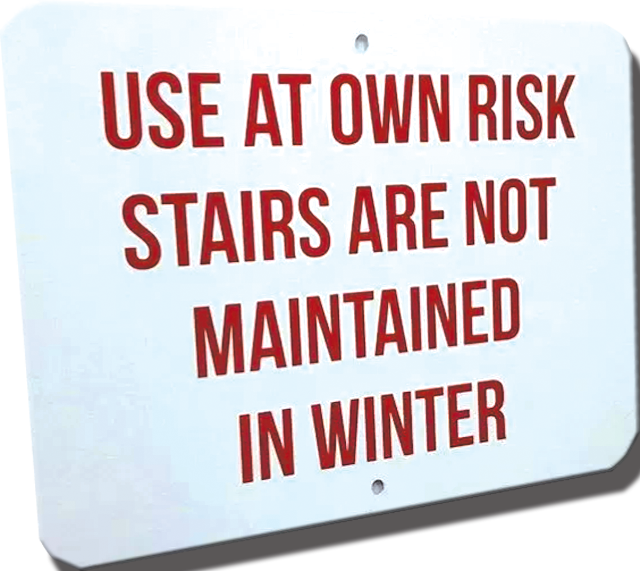
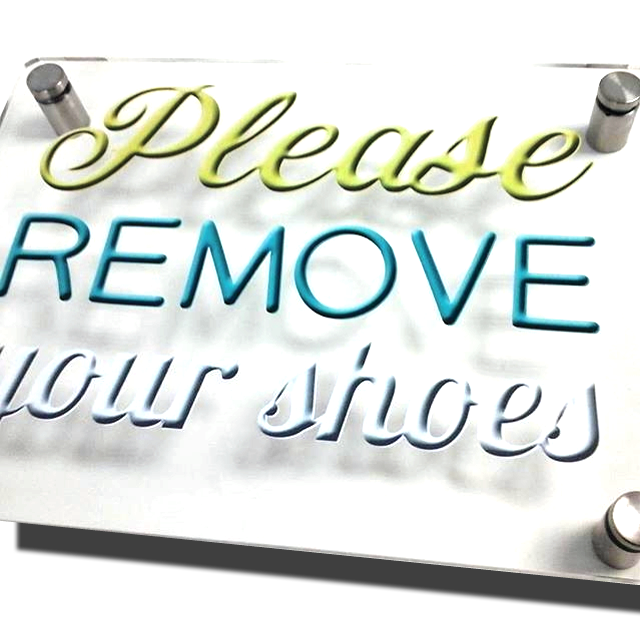


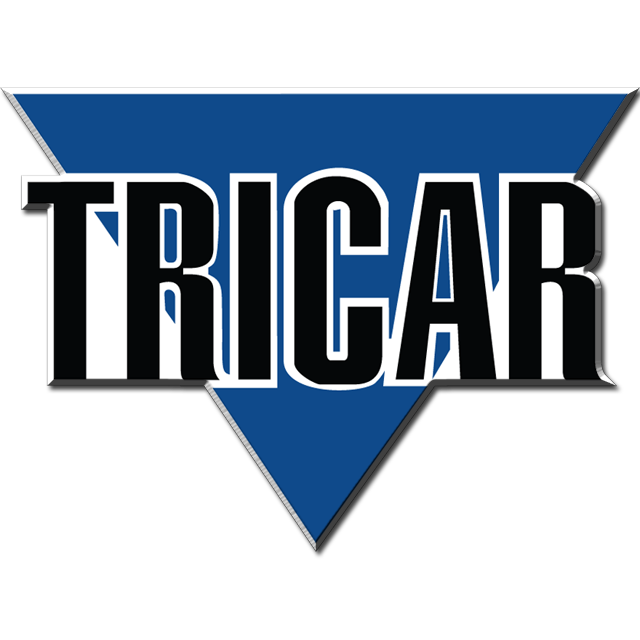

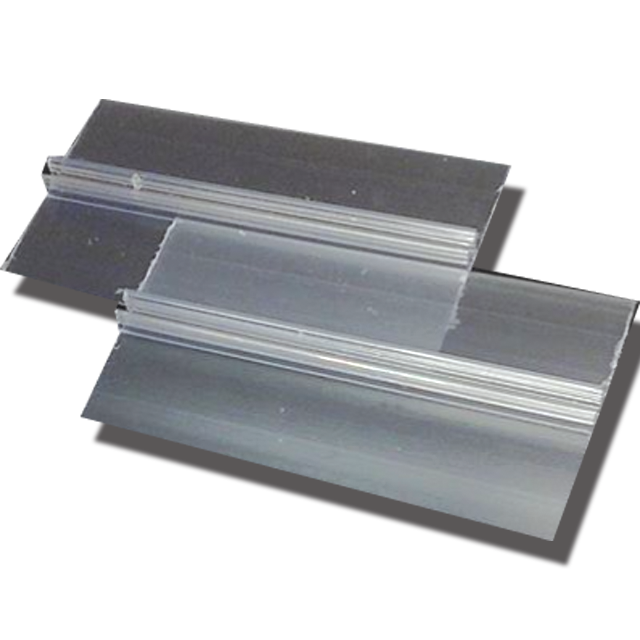
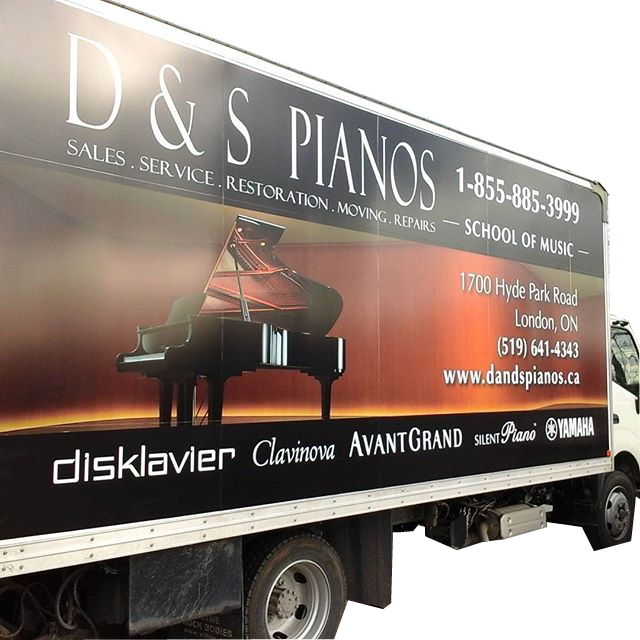
You must be logged in to post a comment.